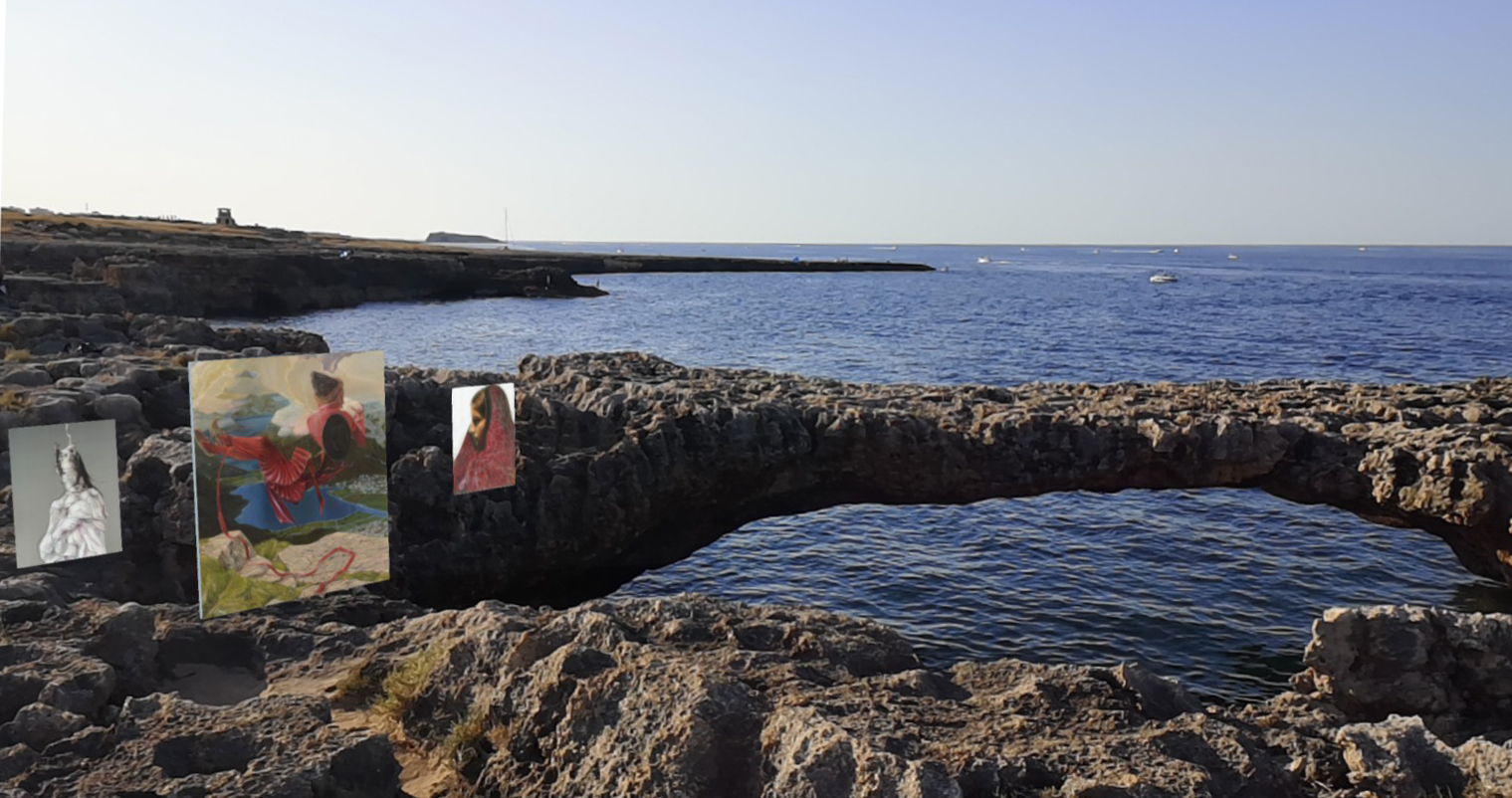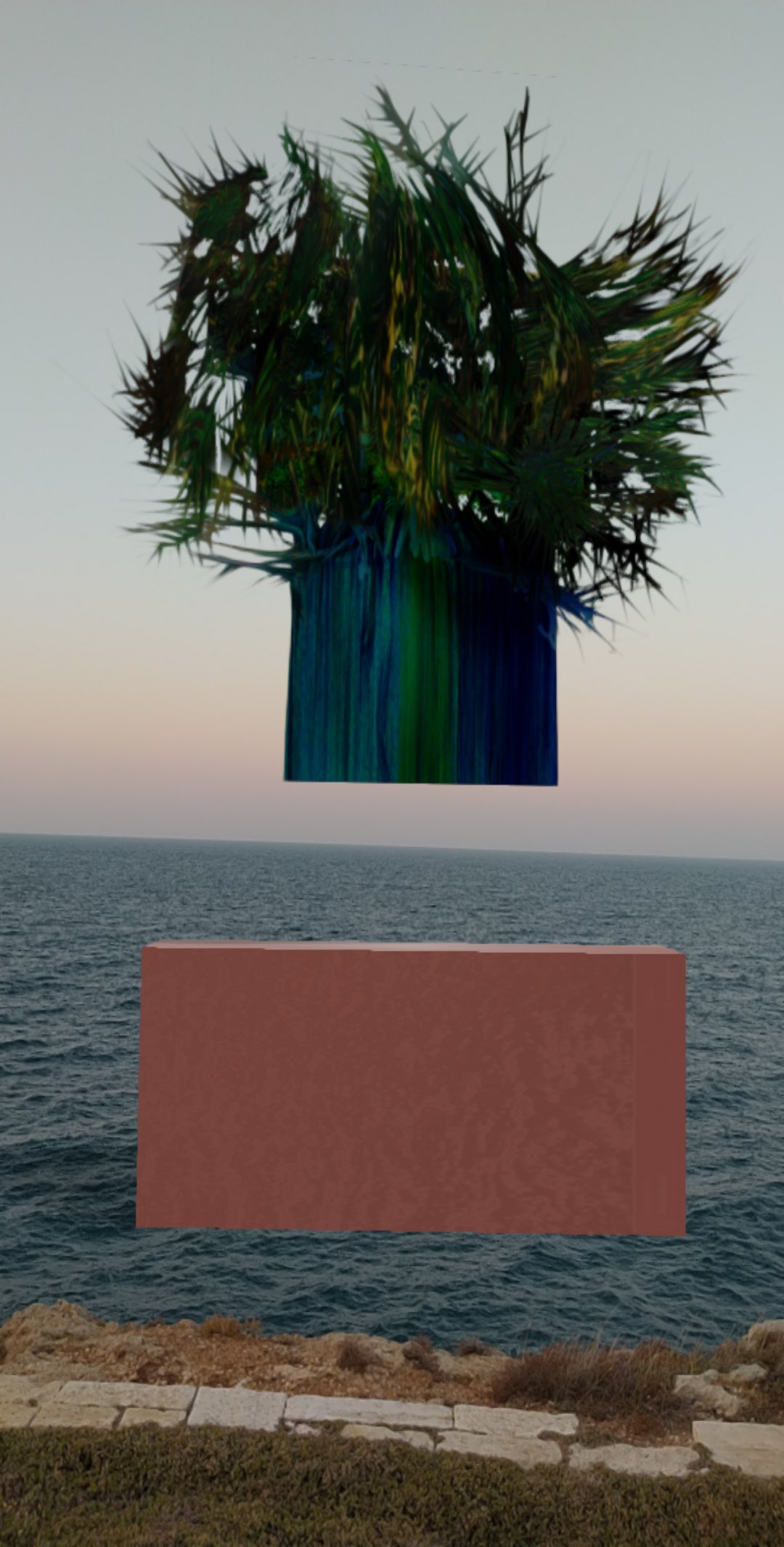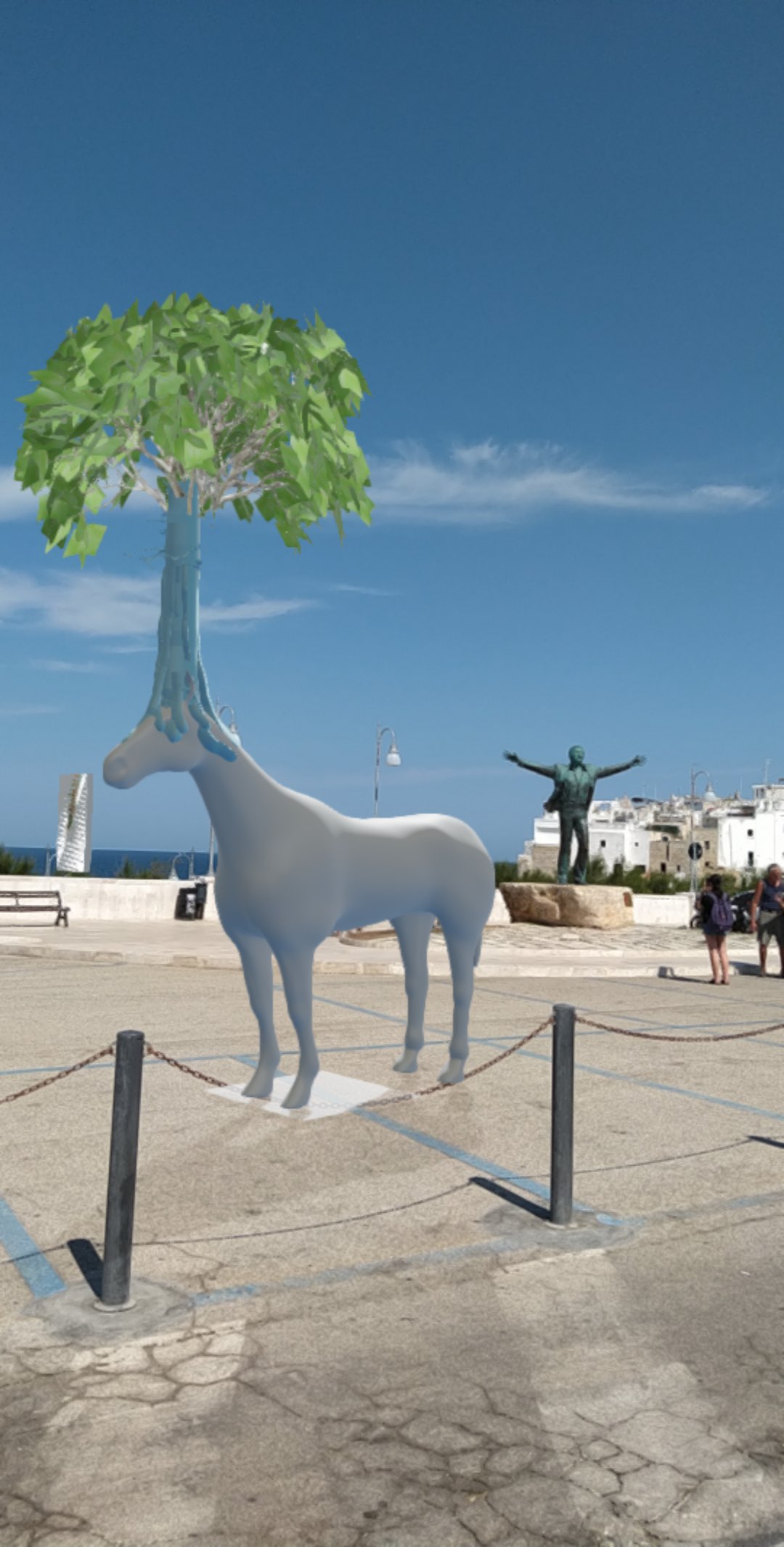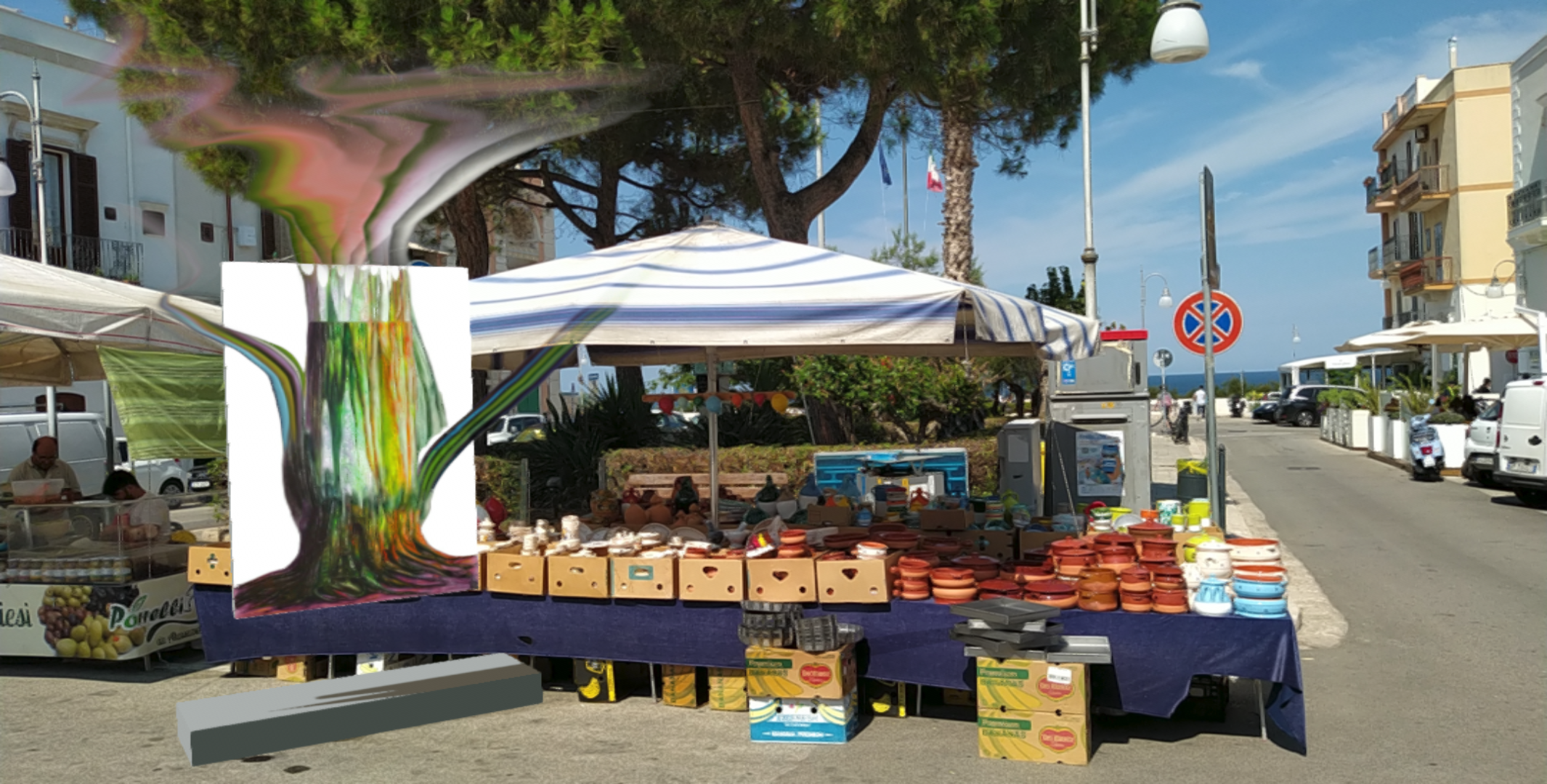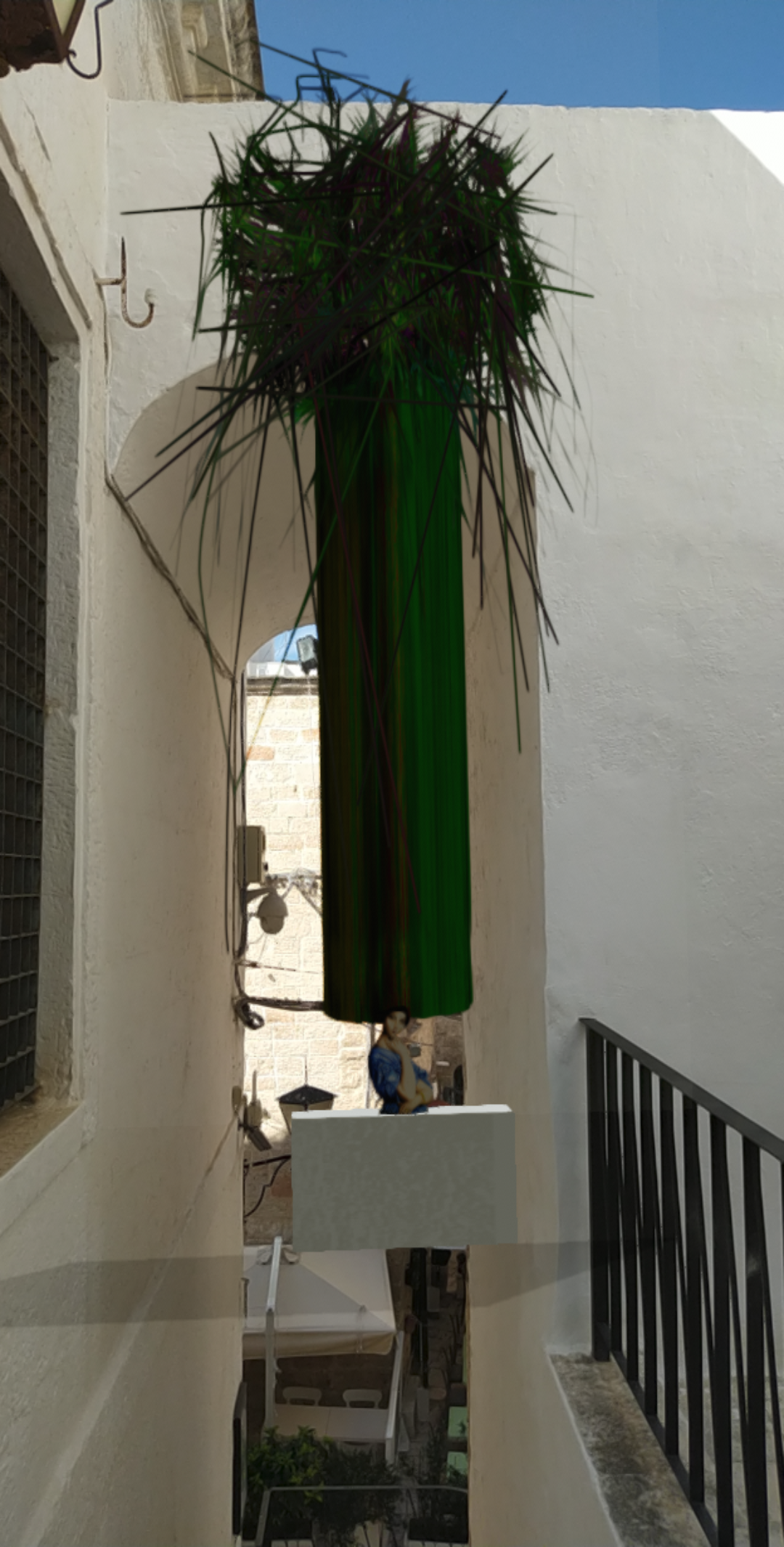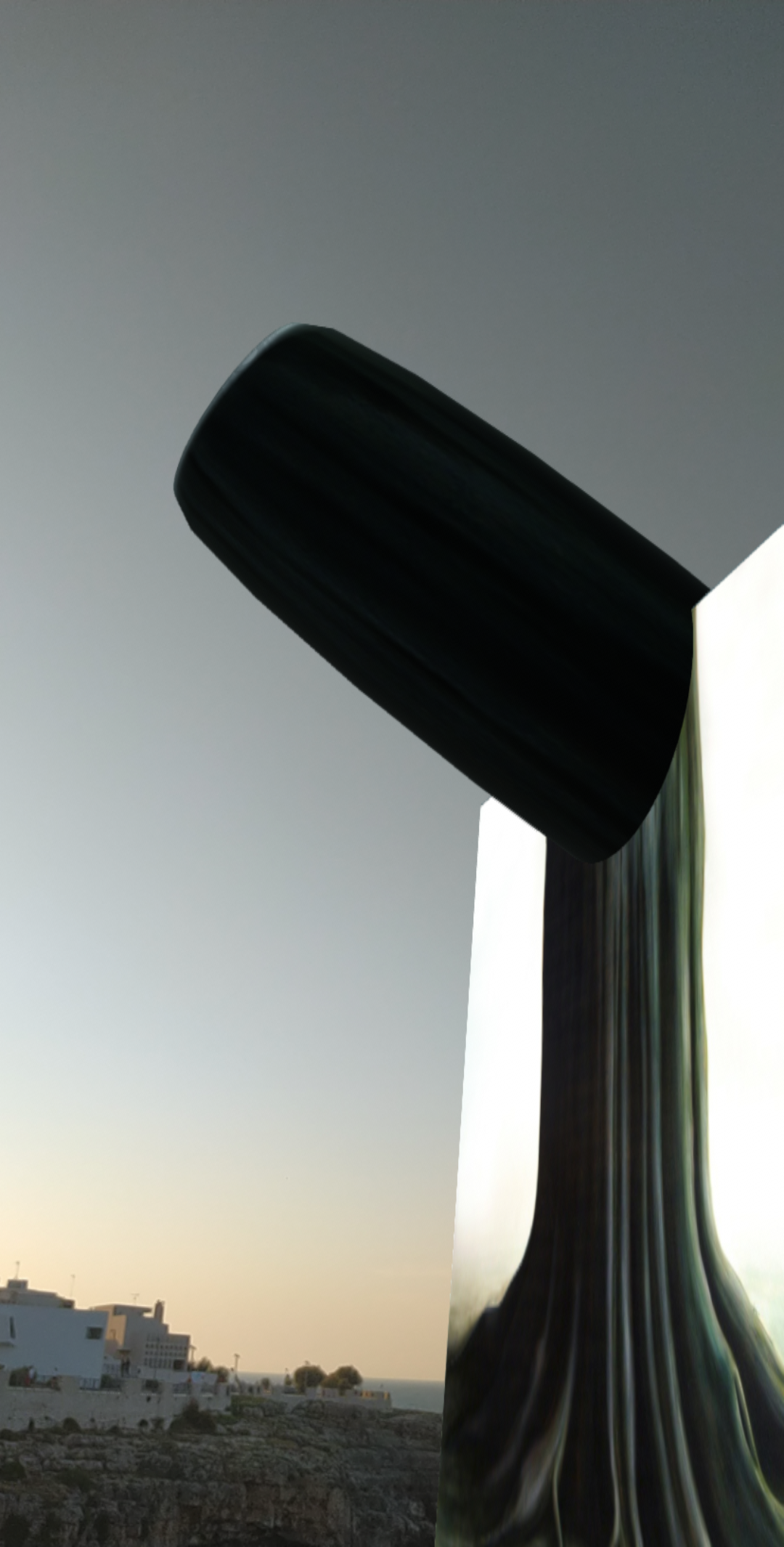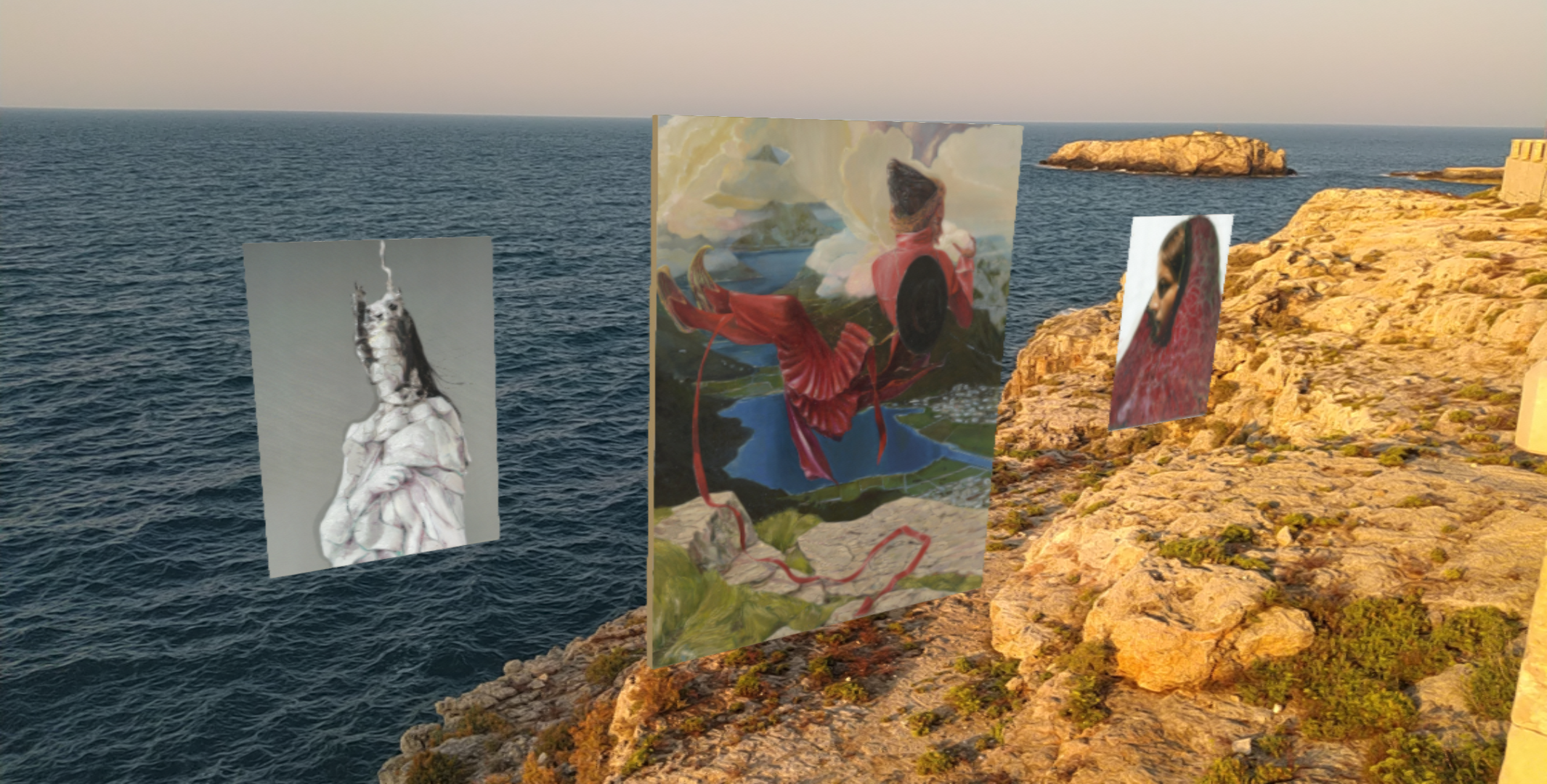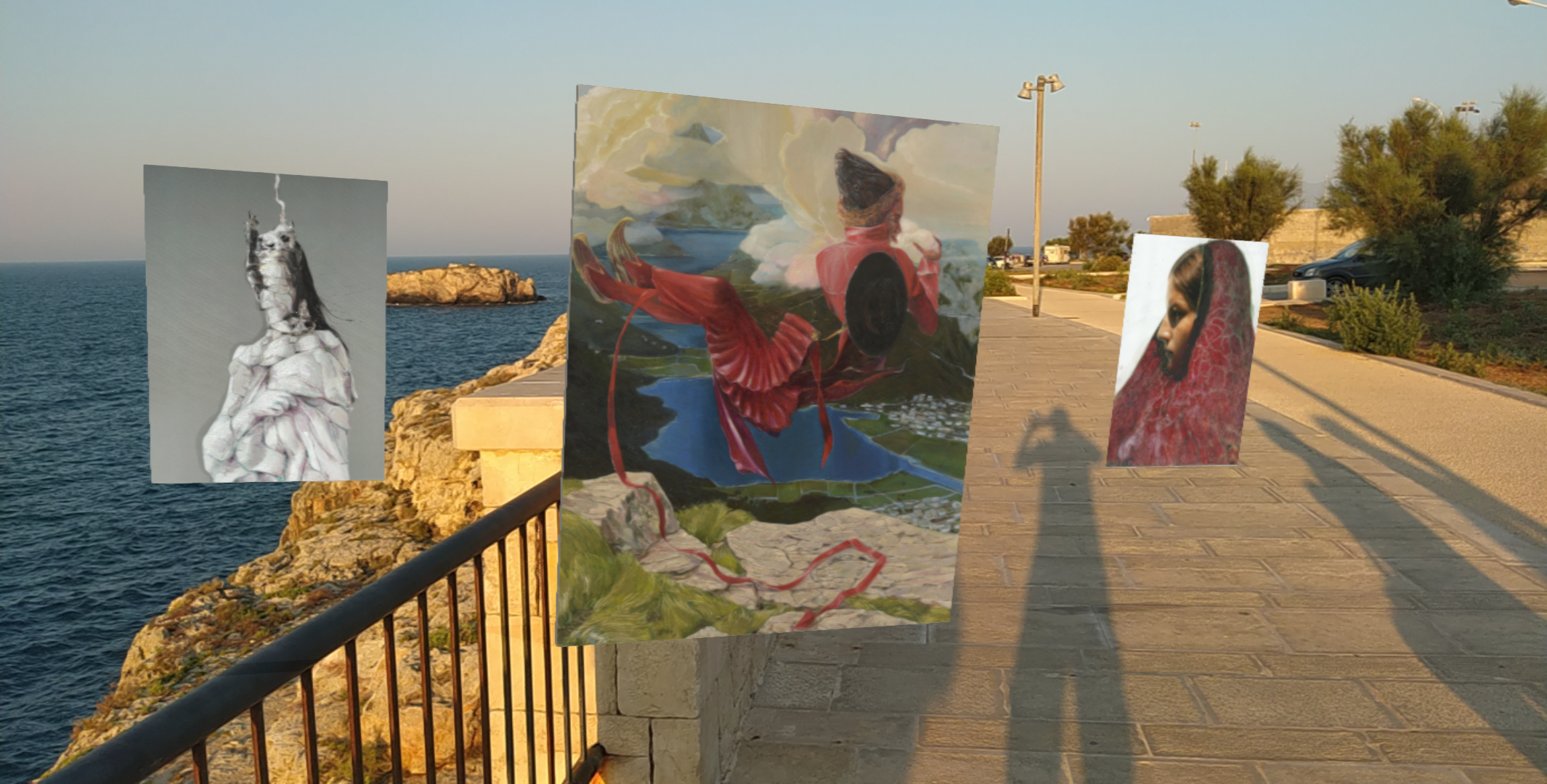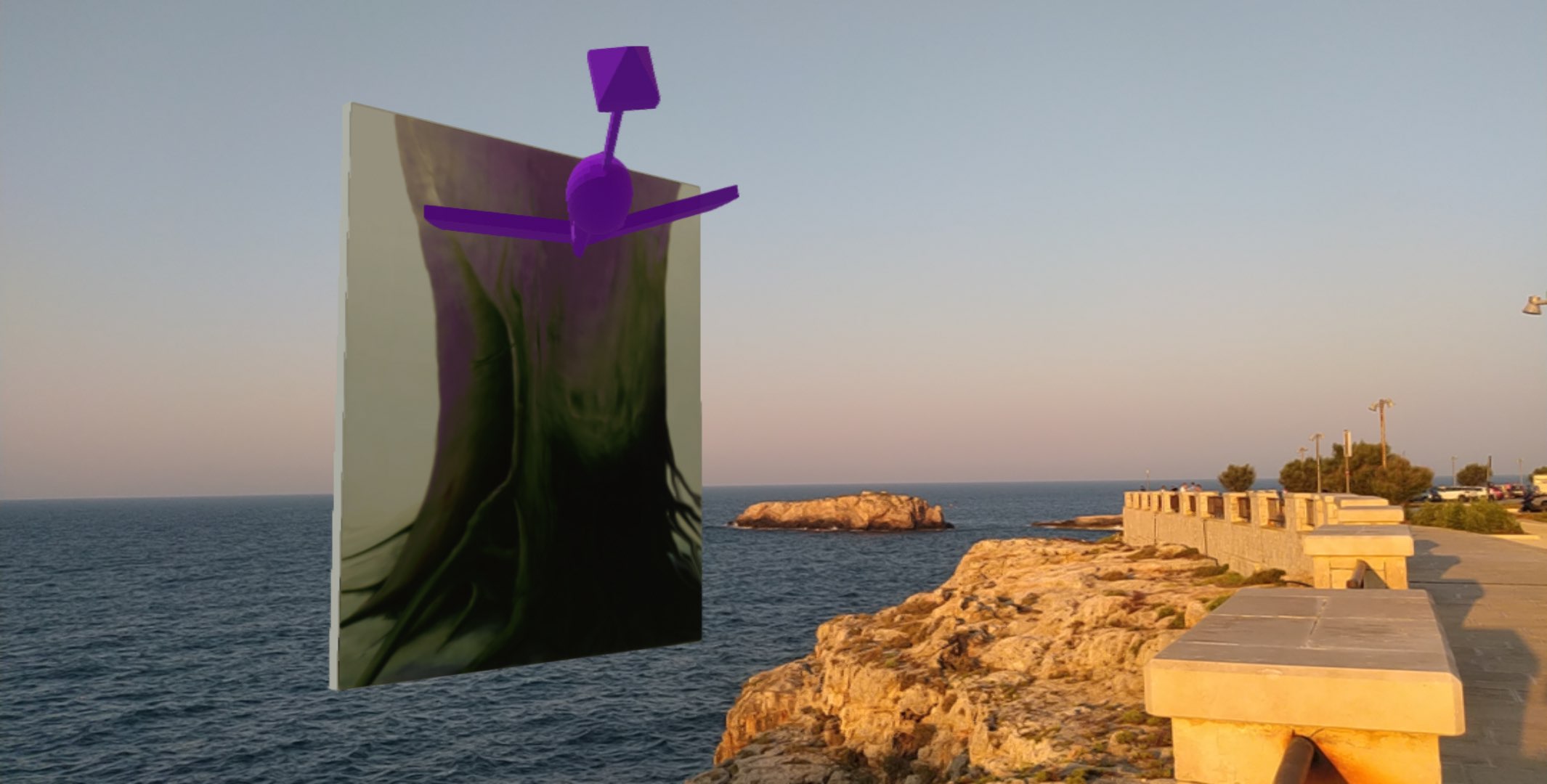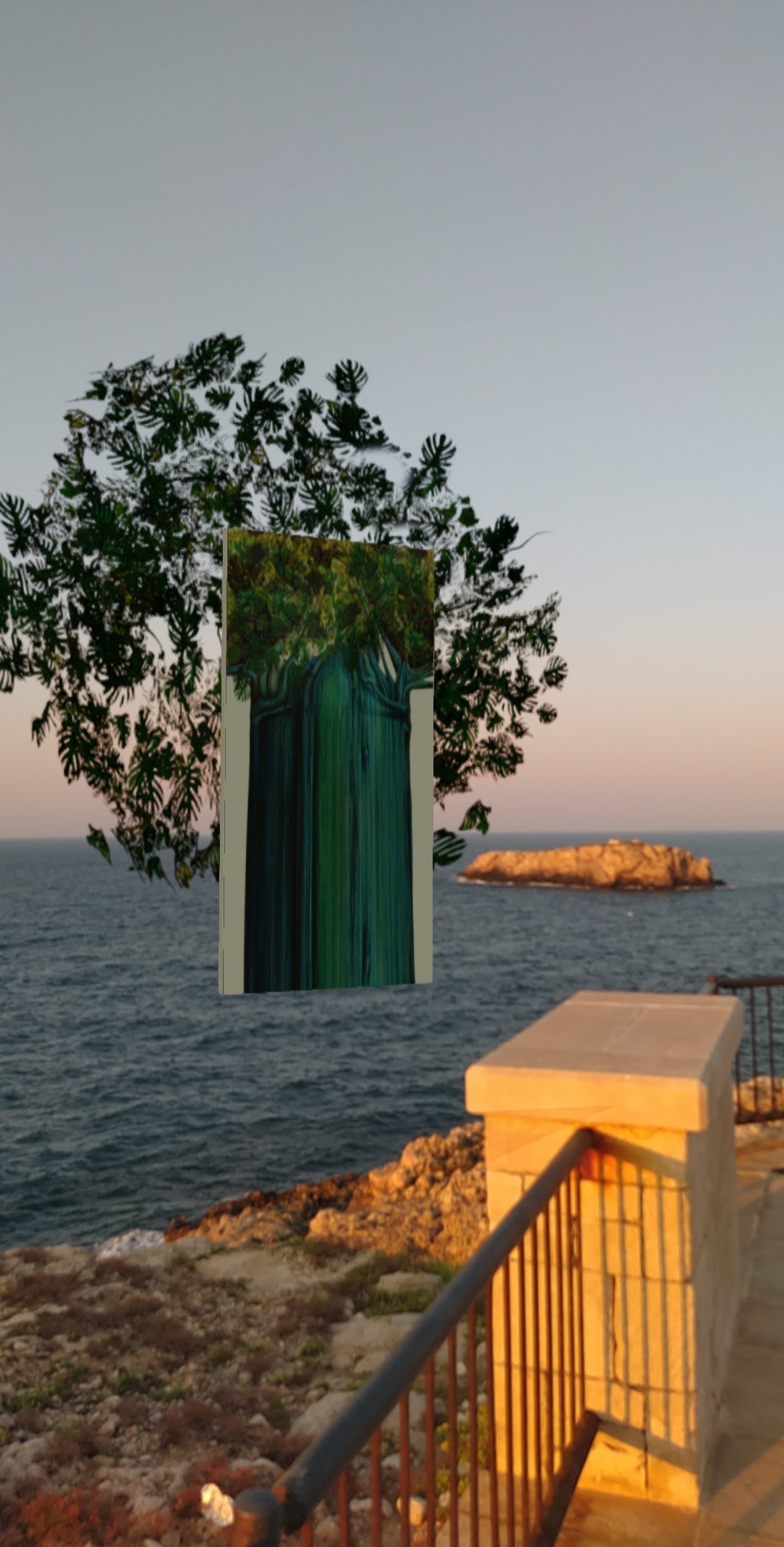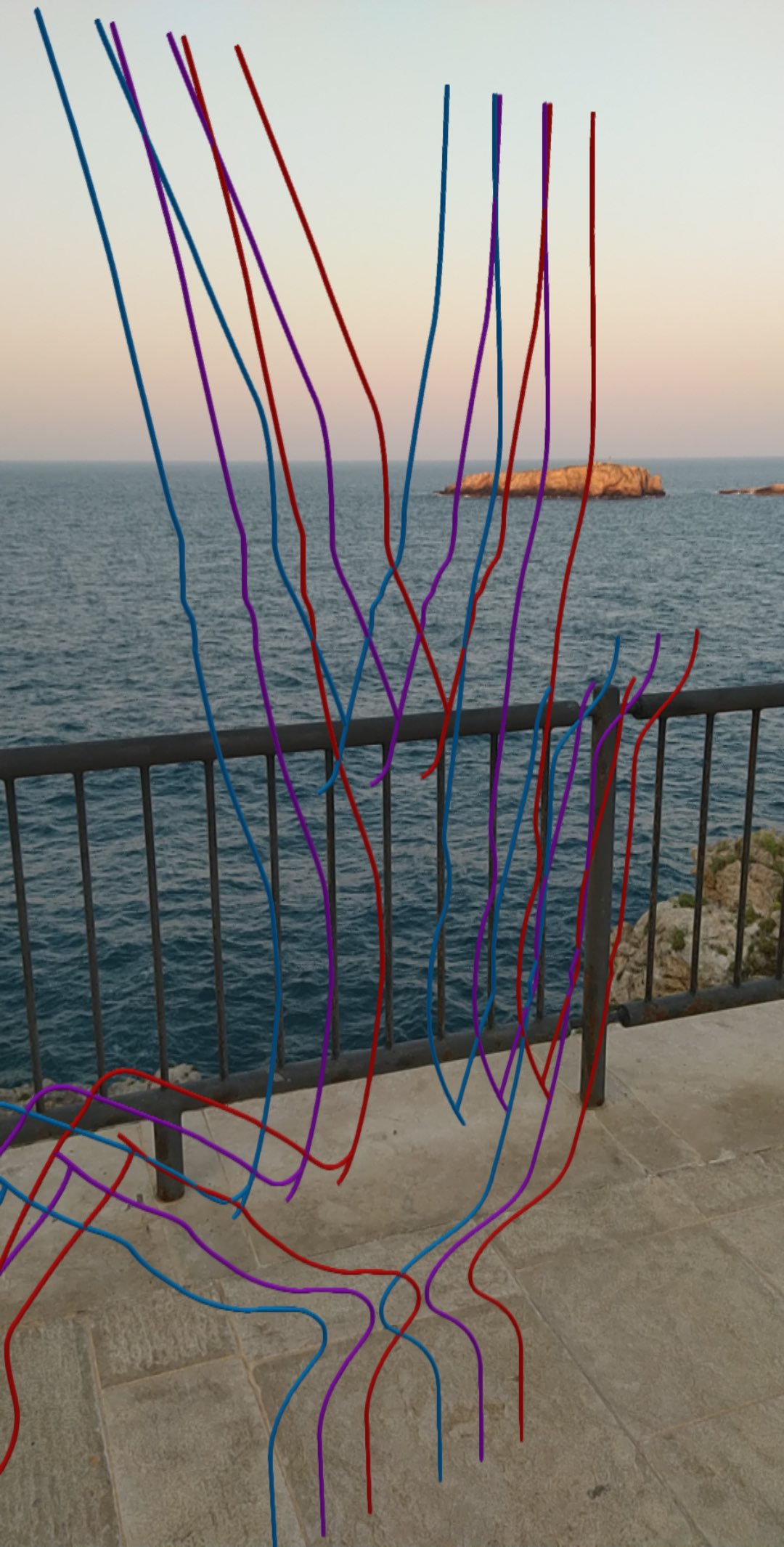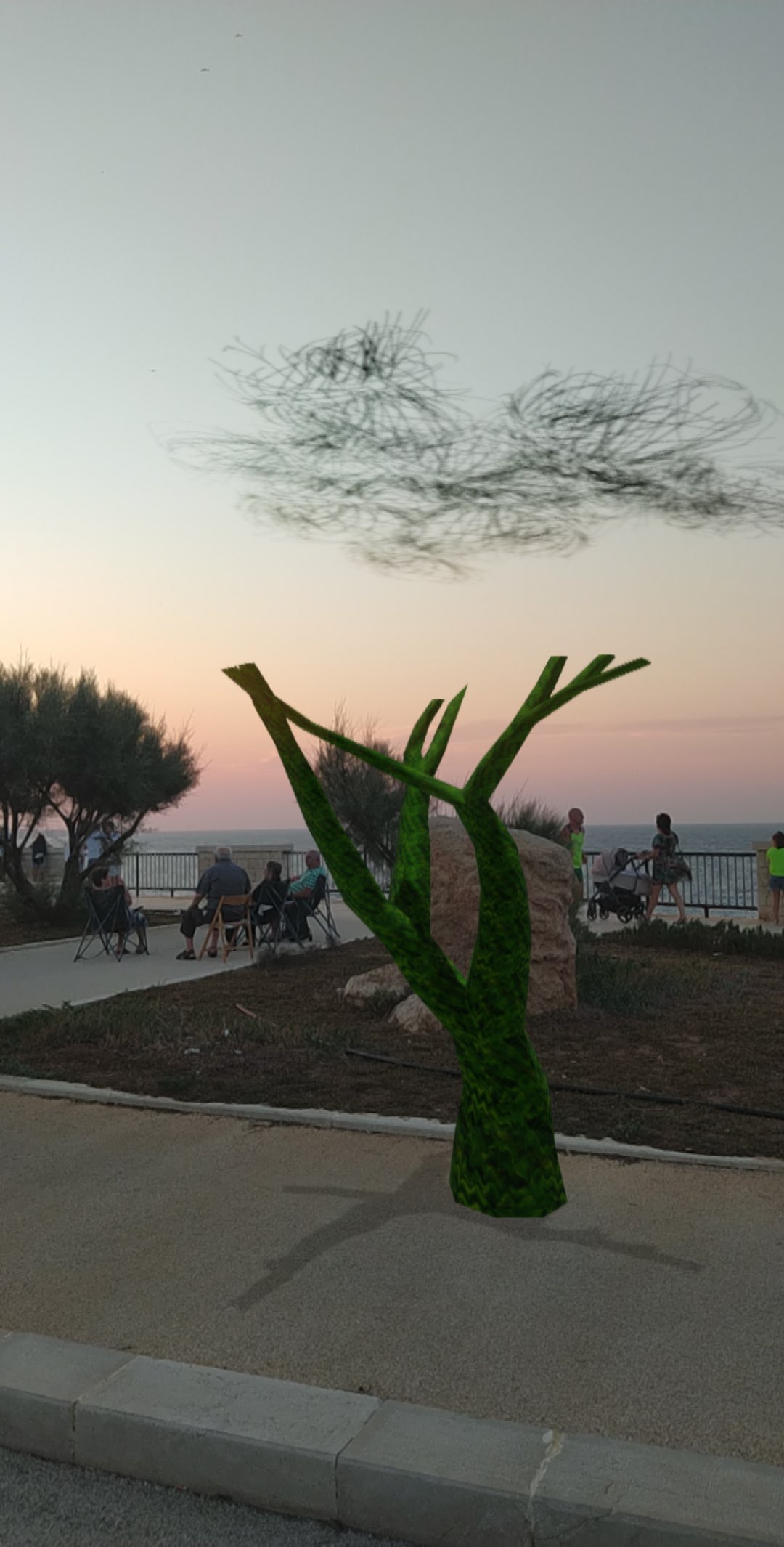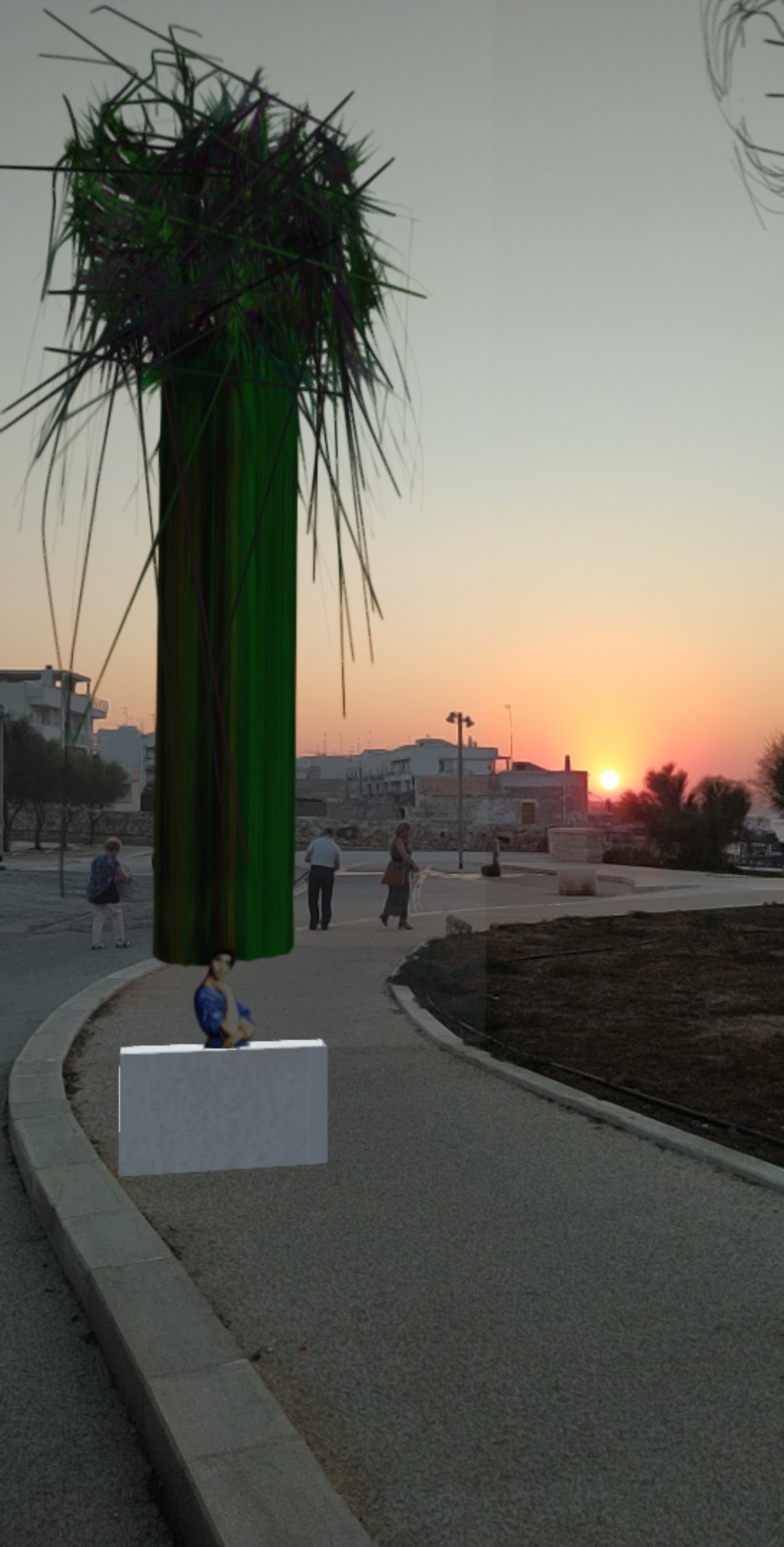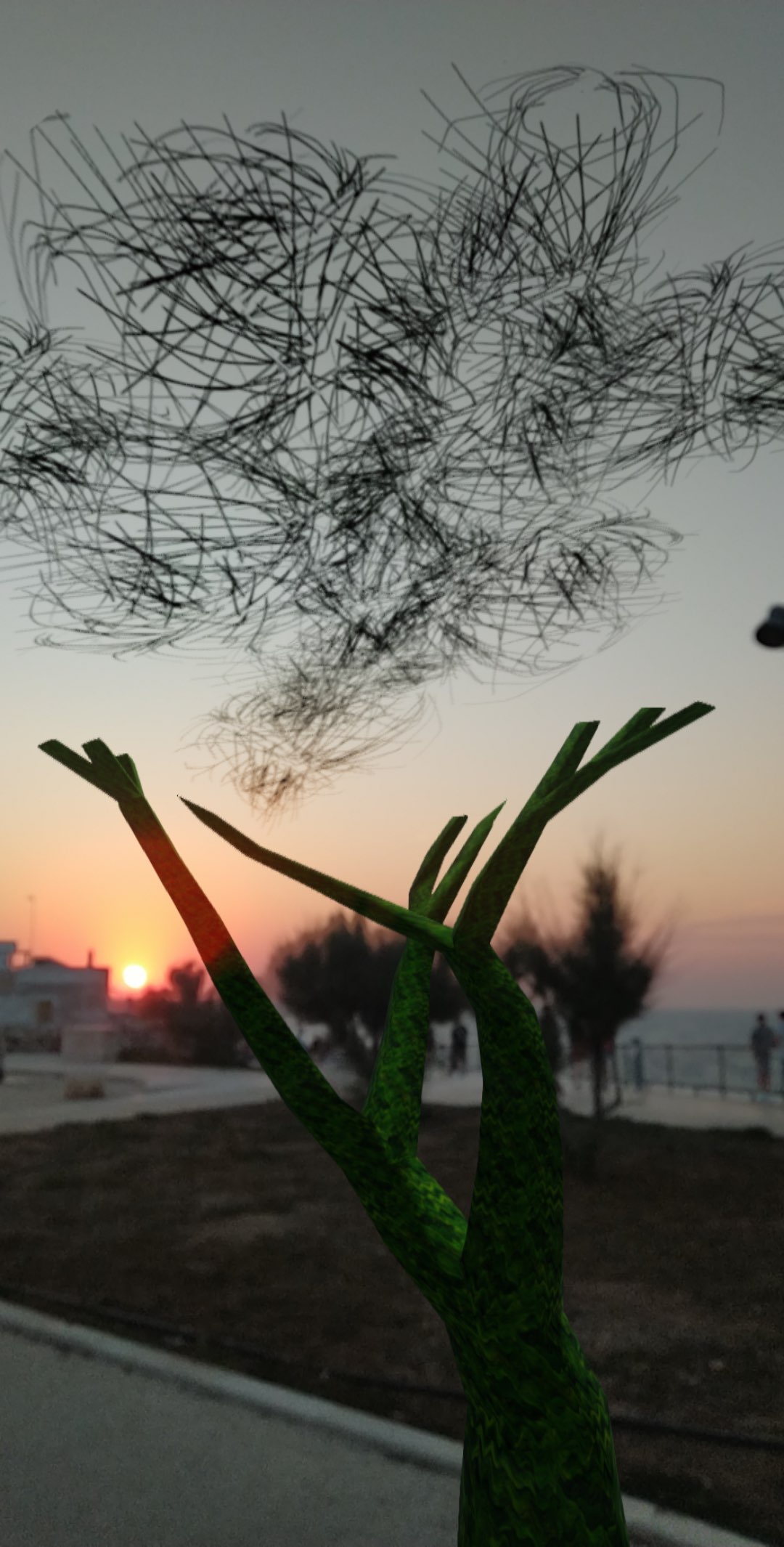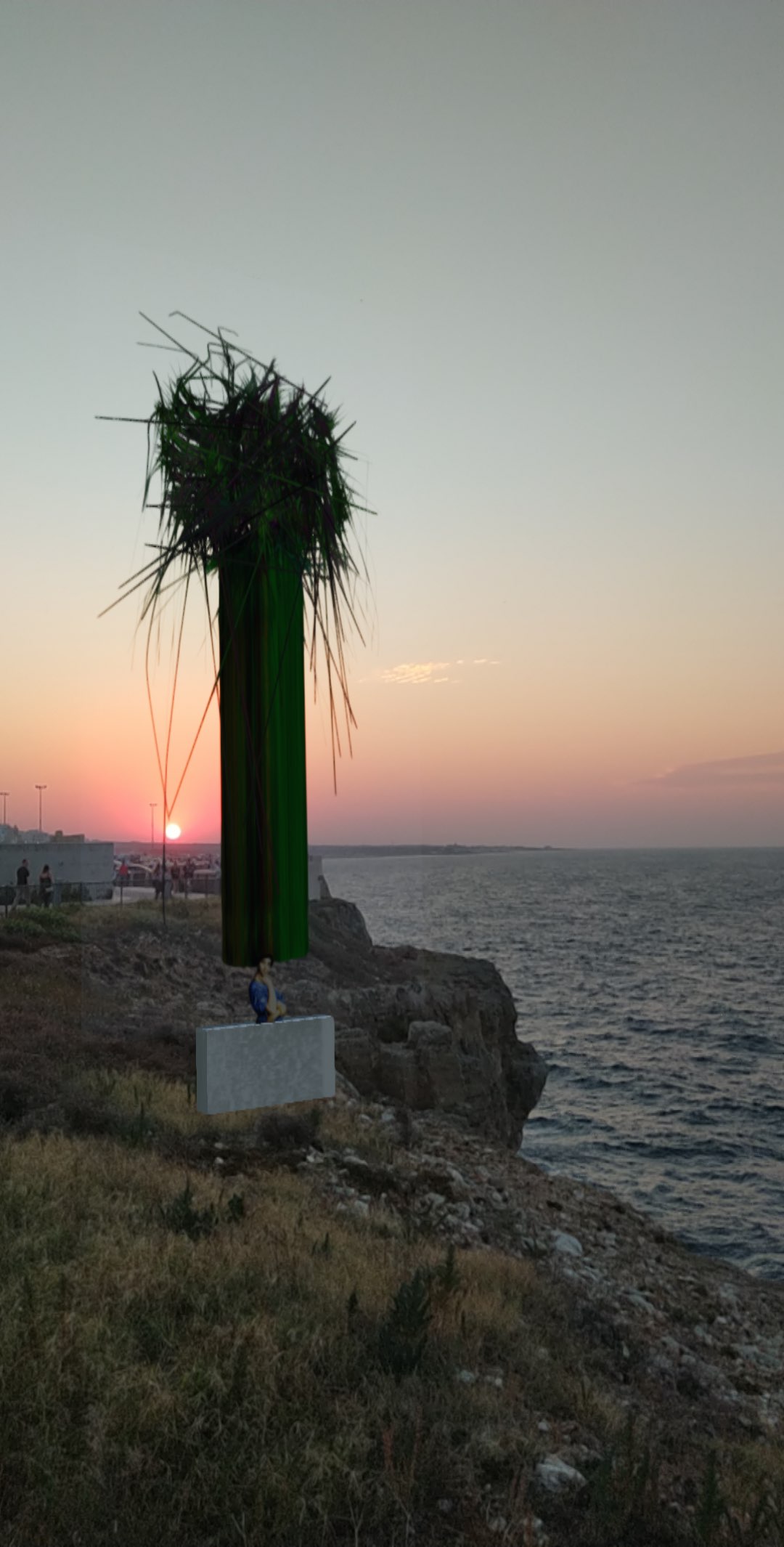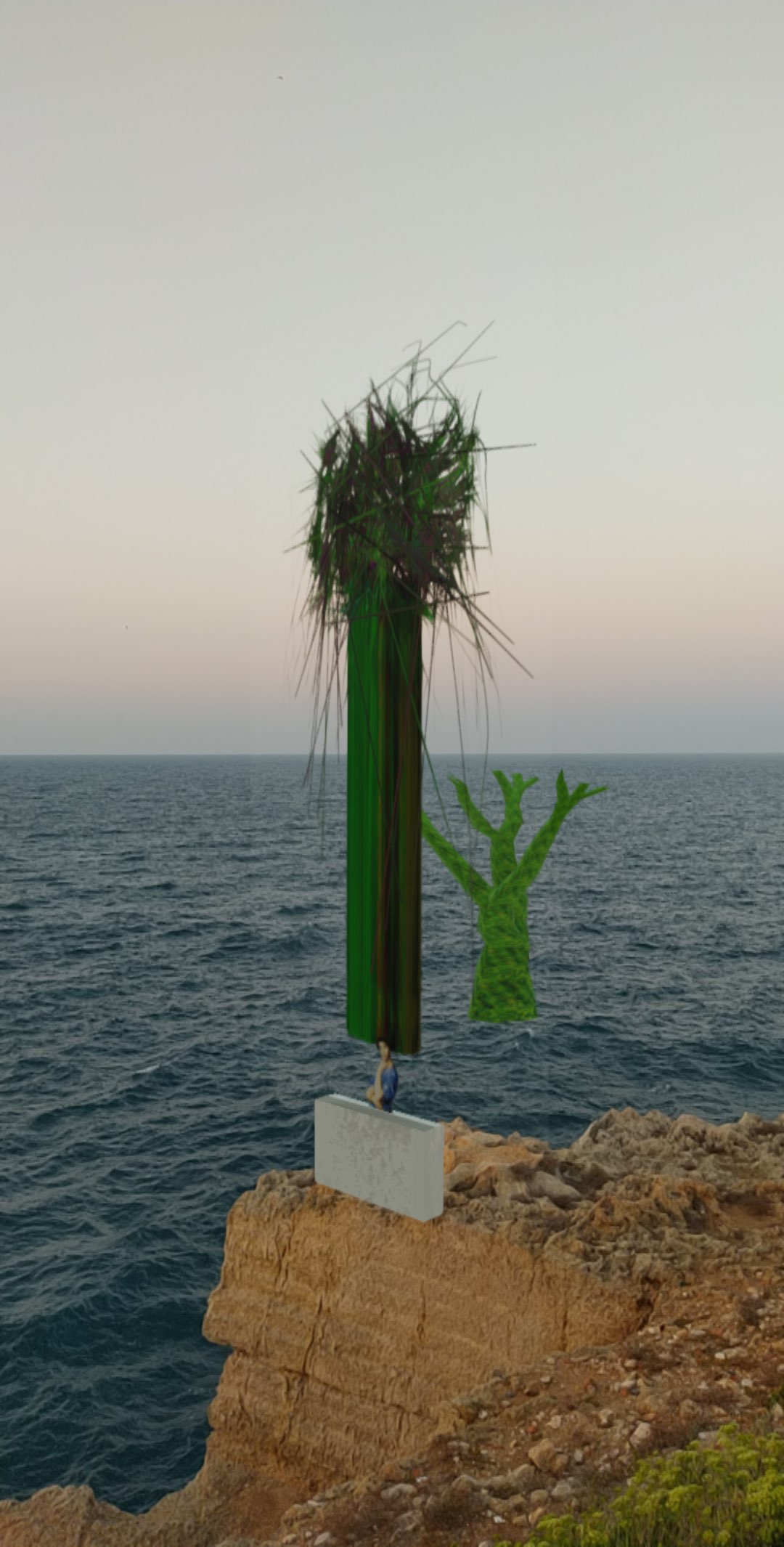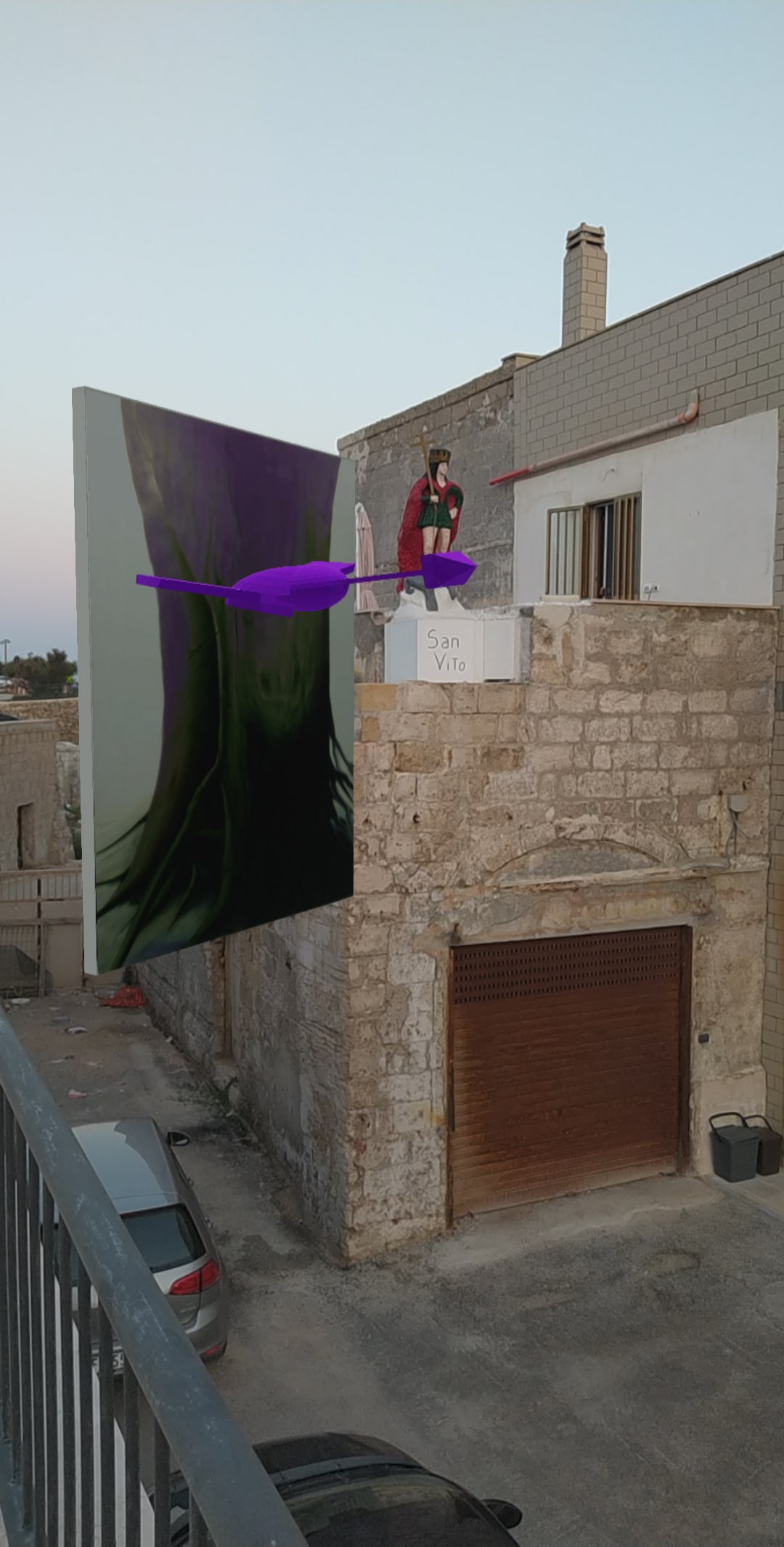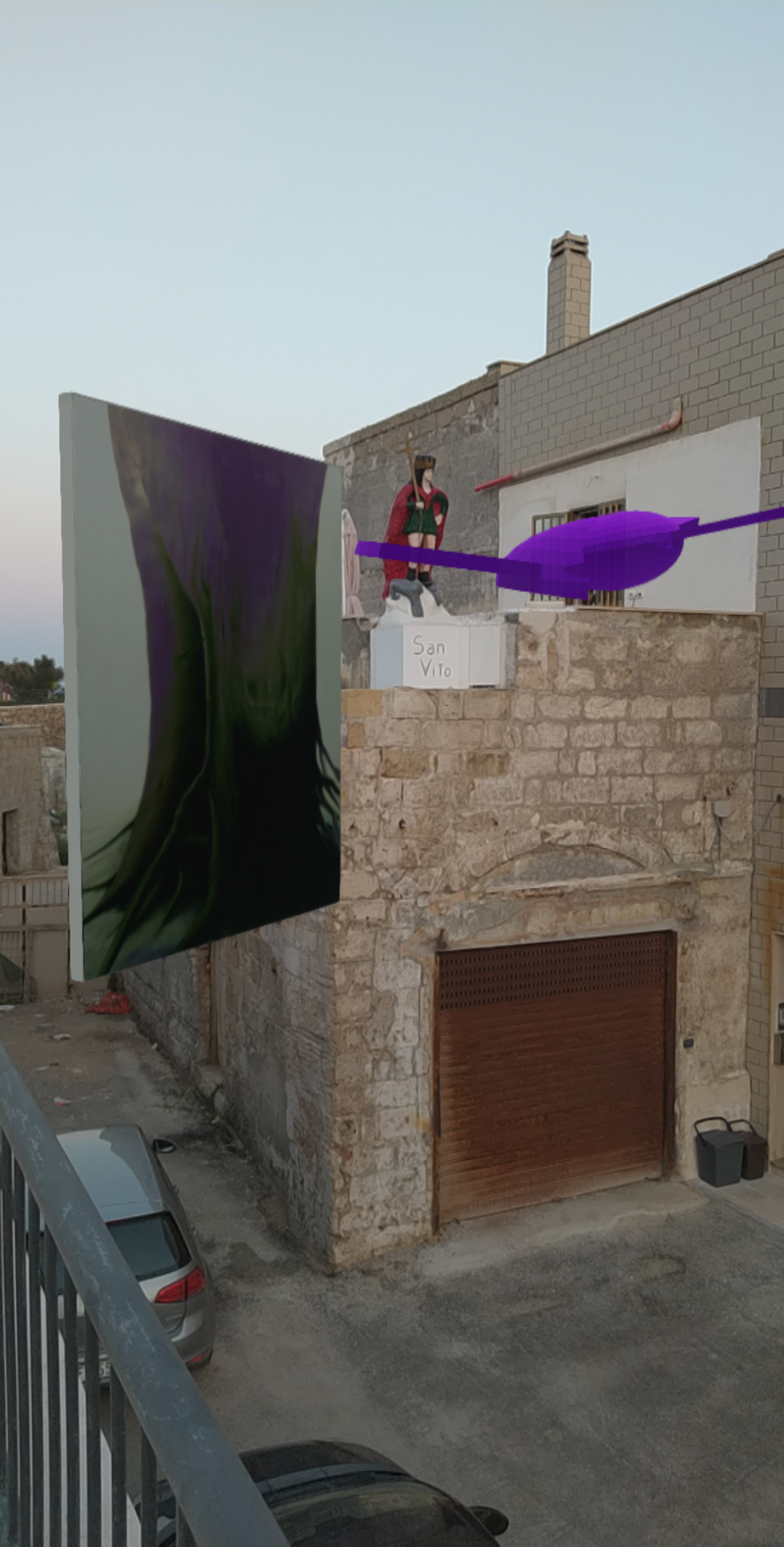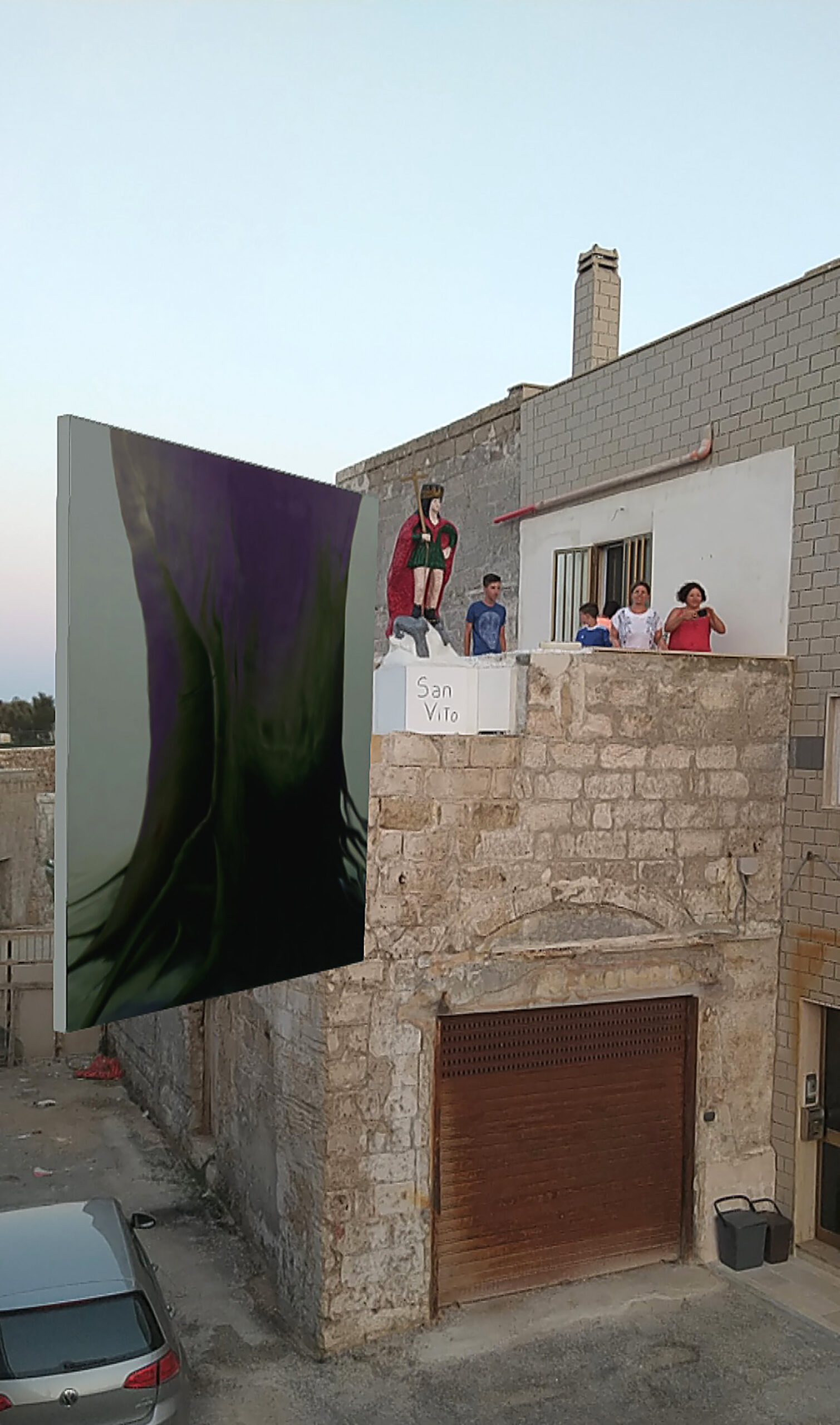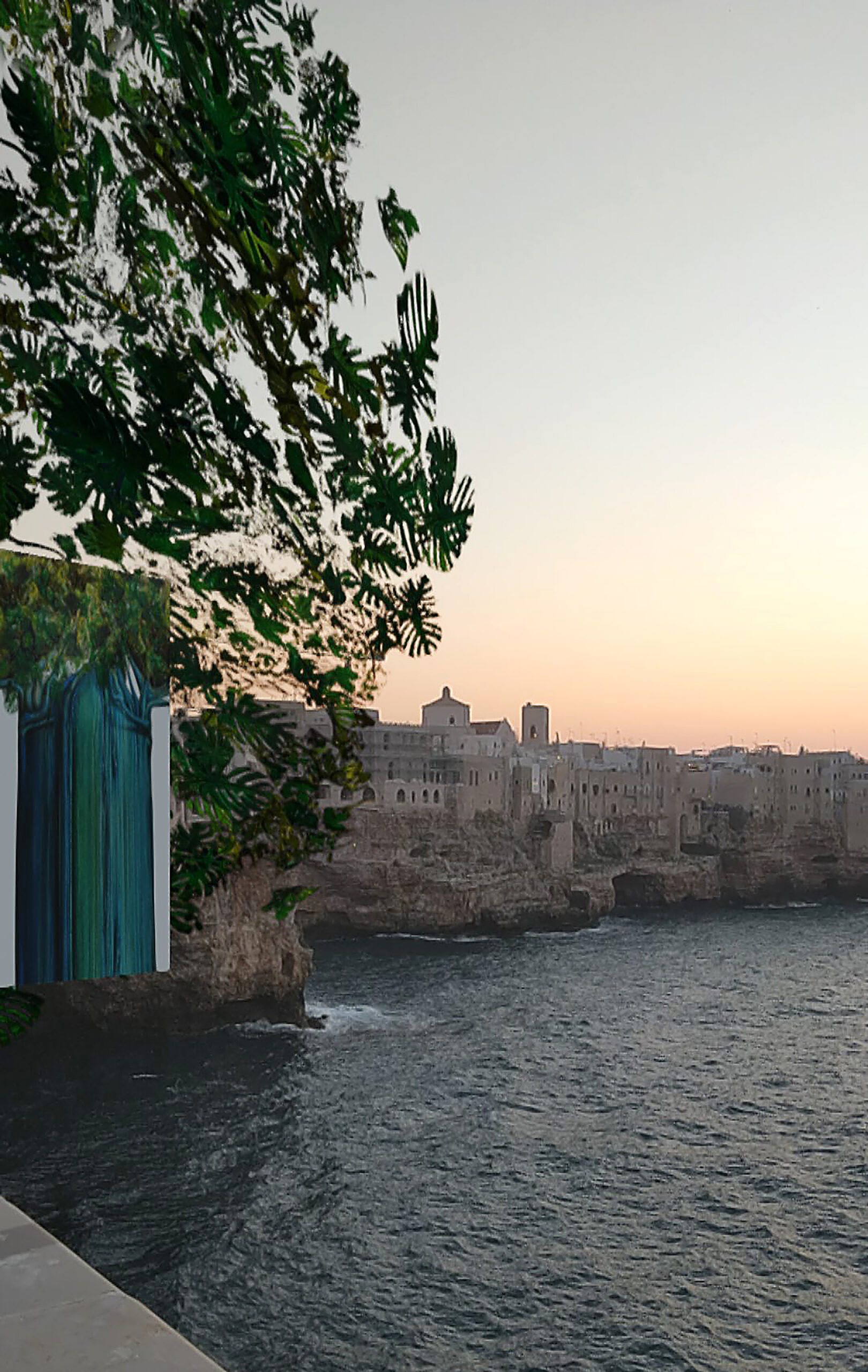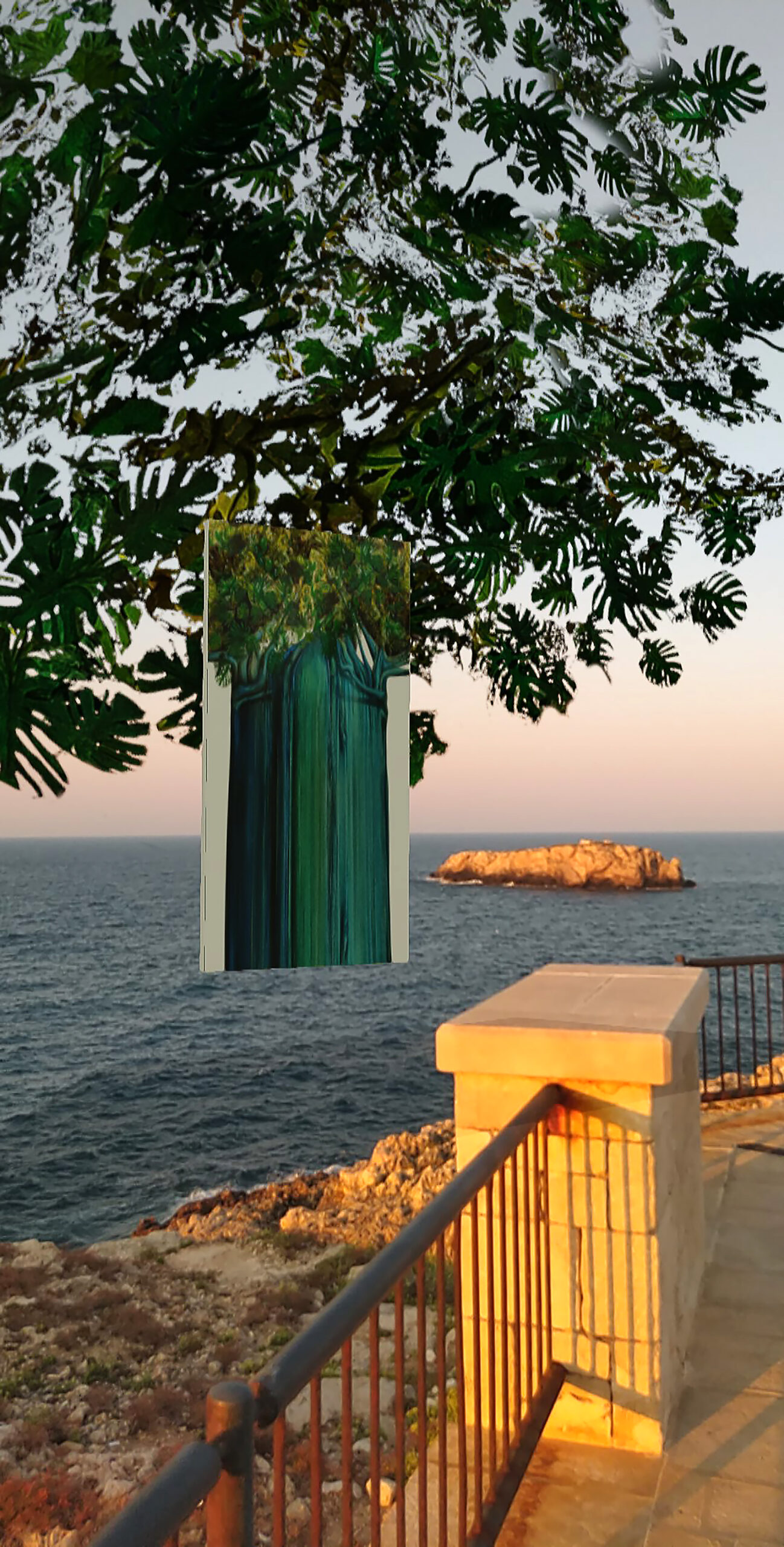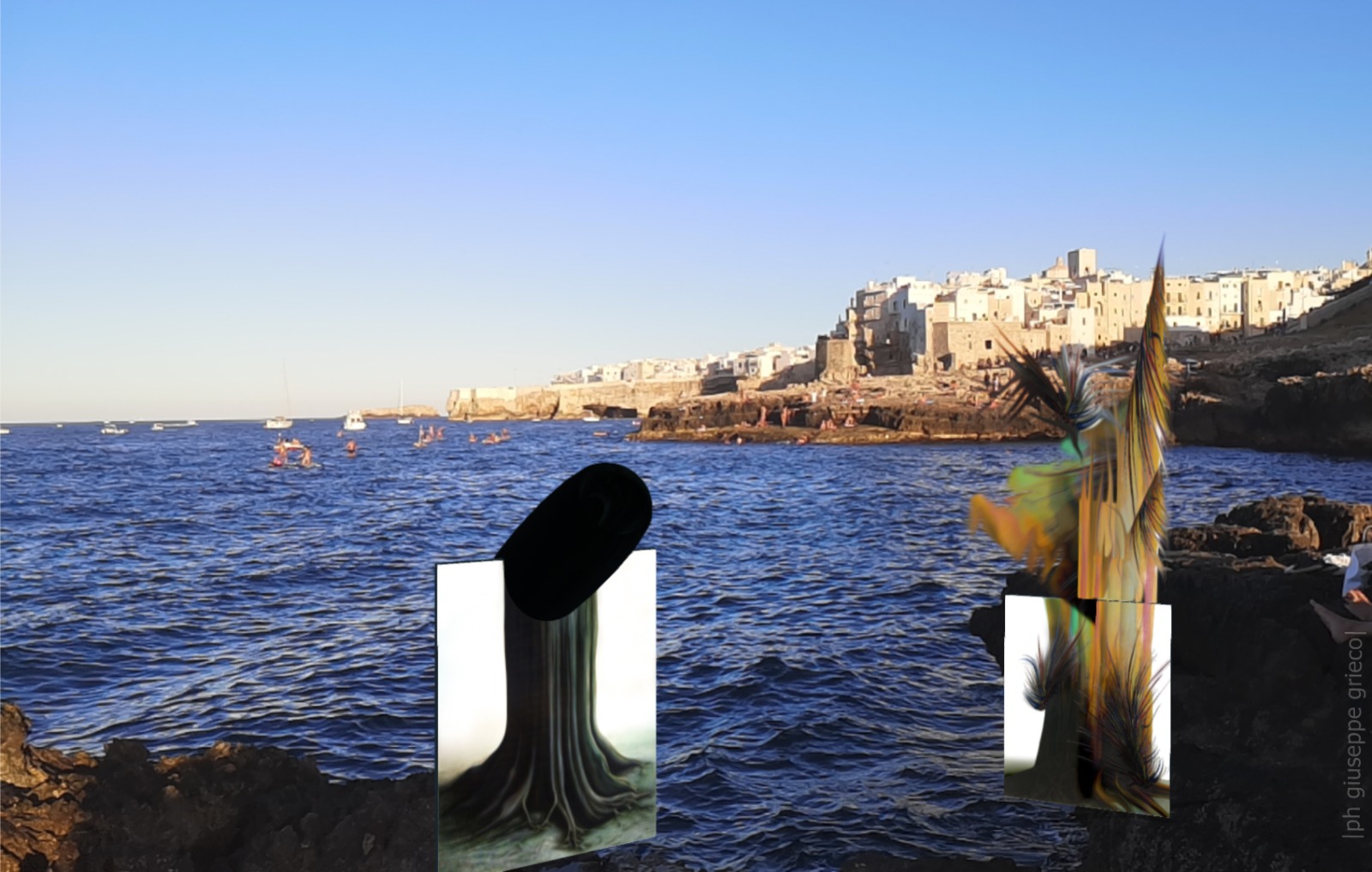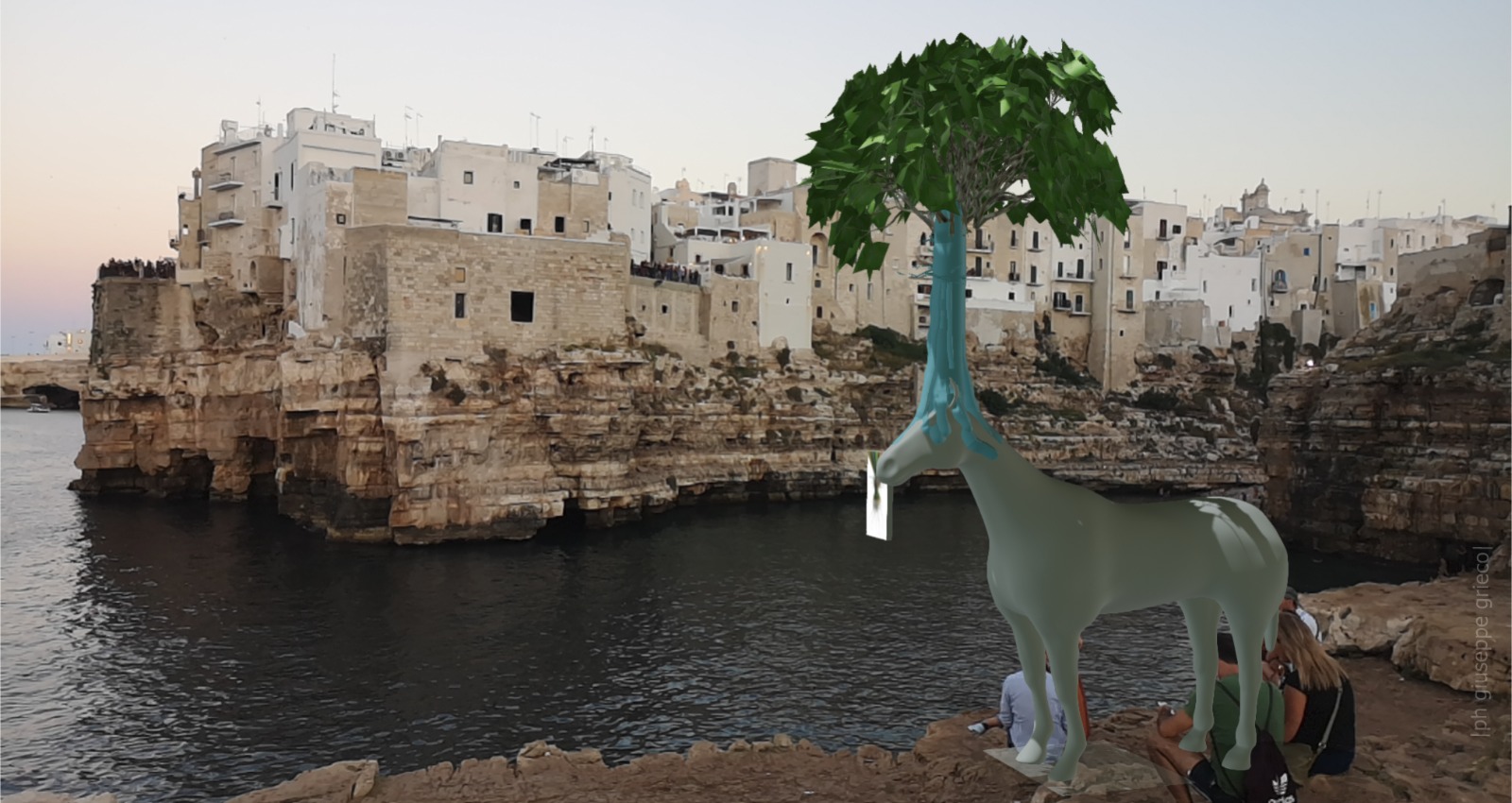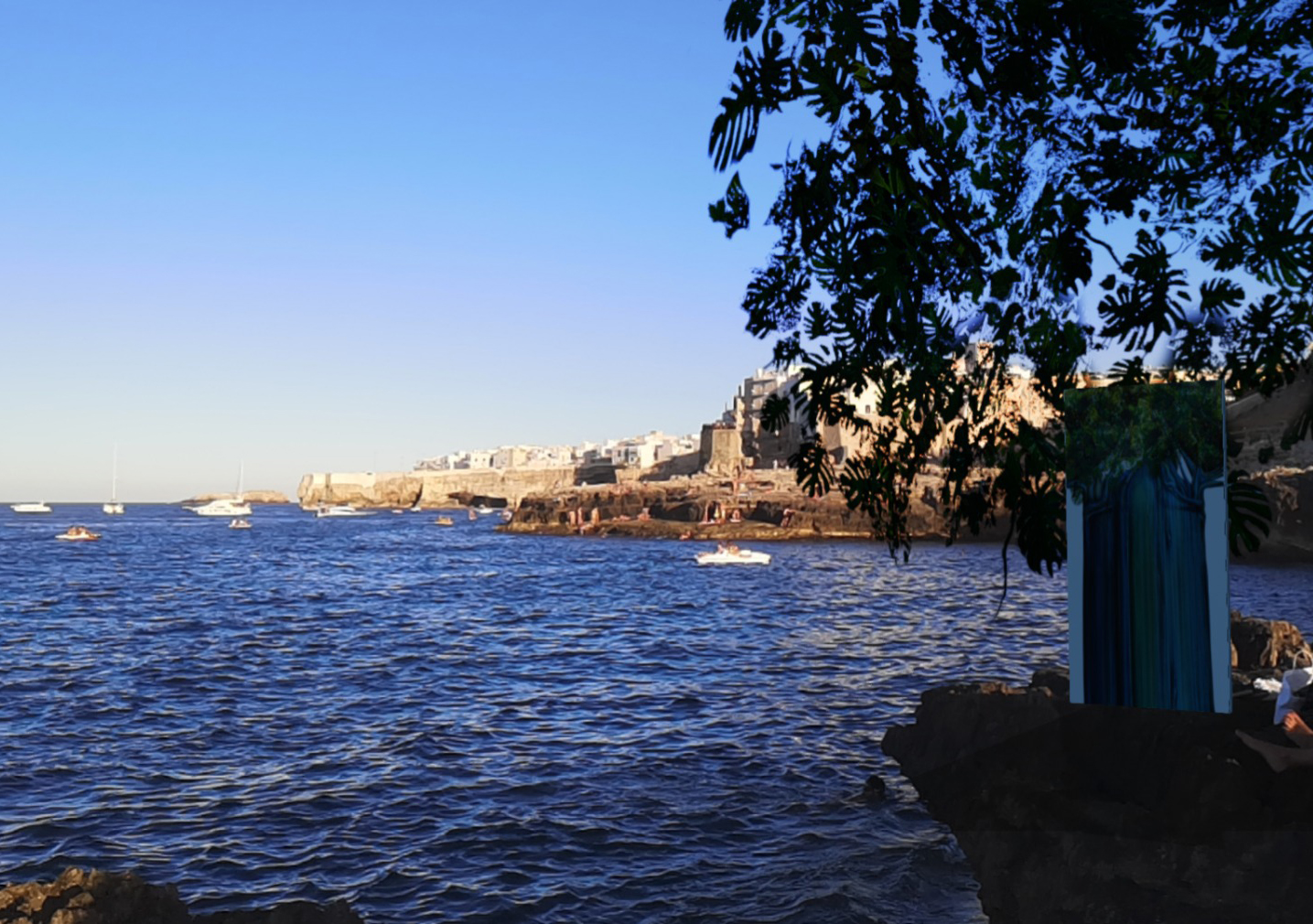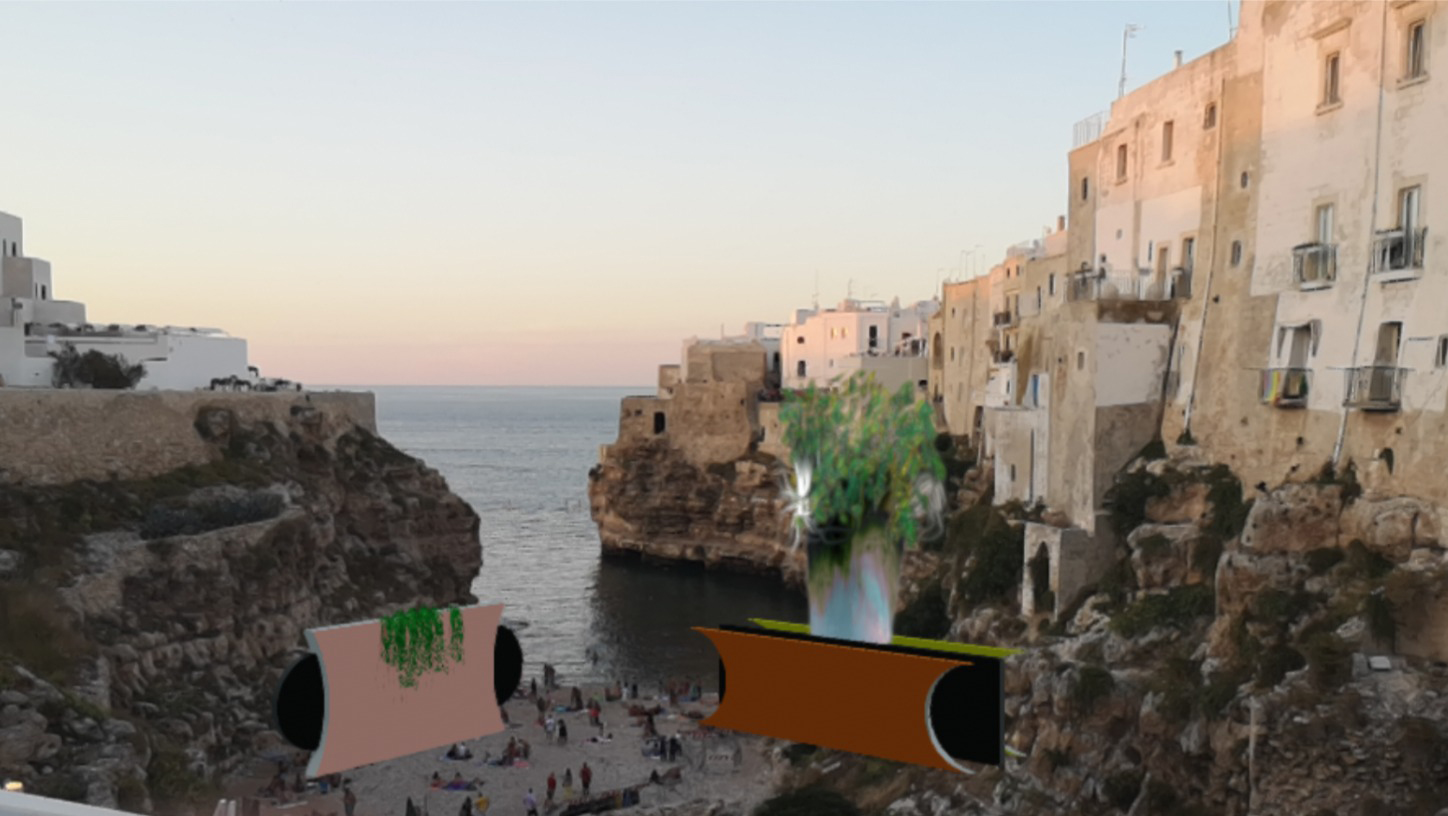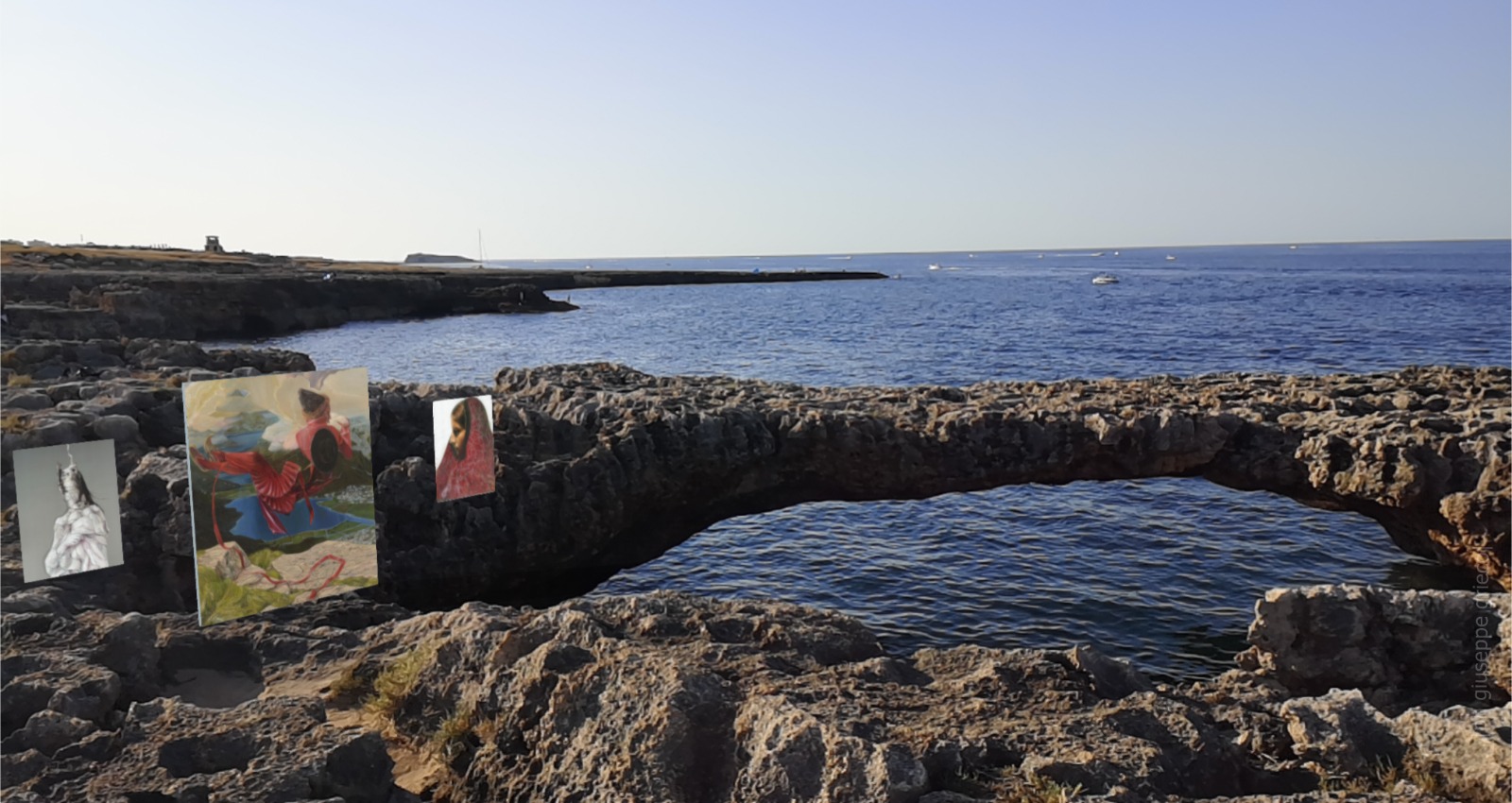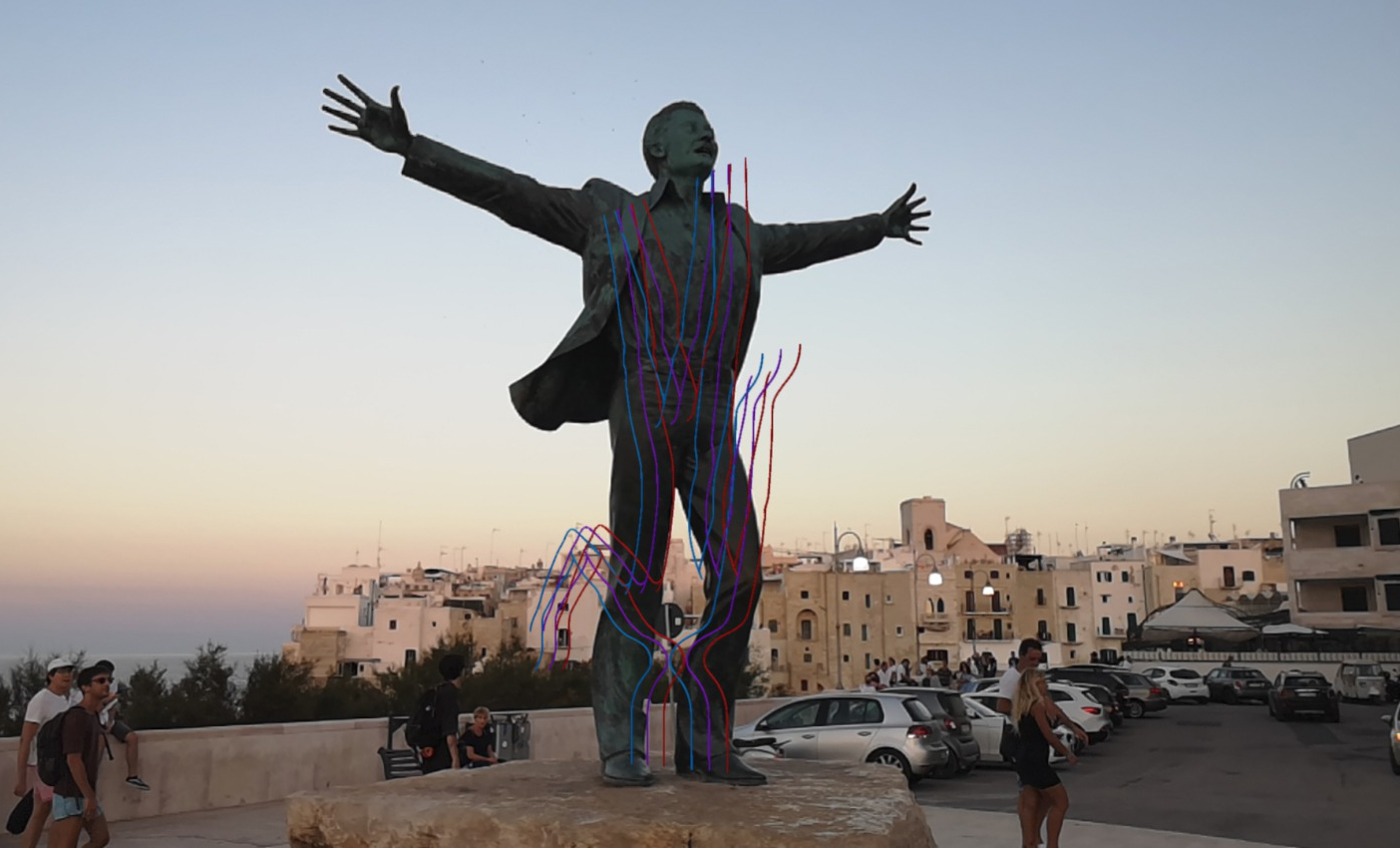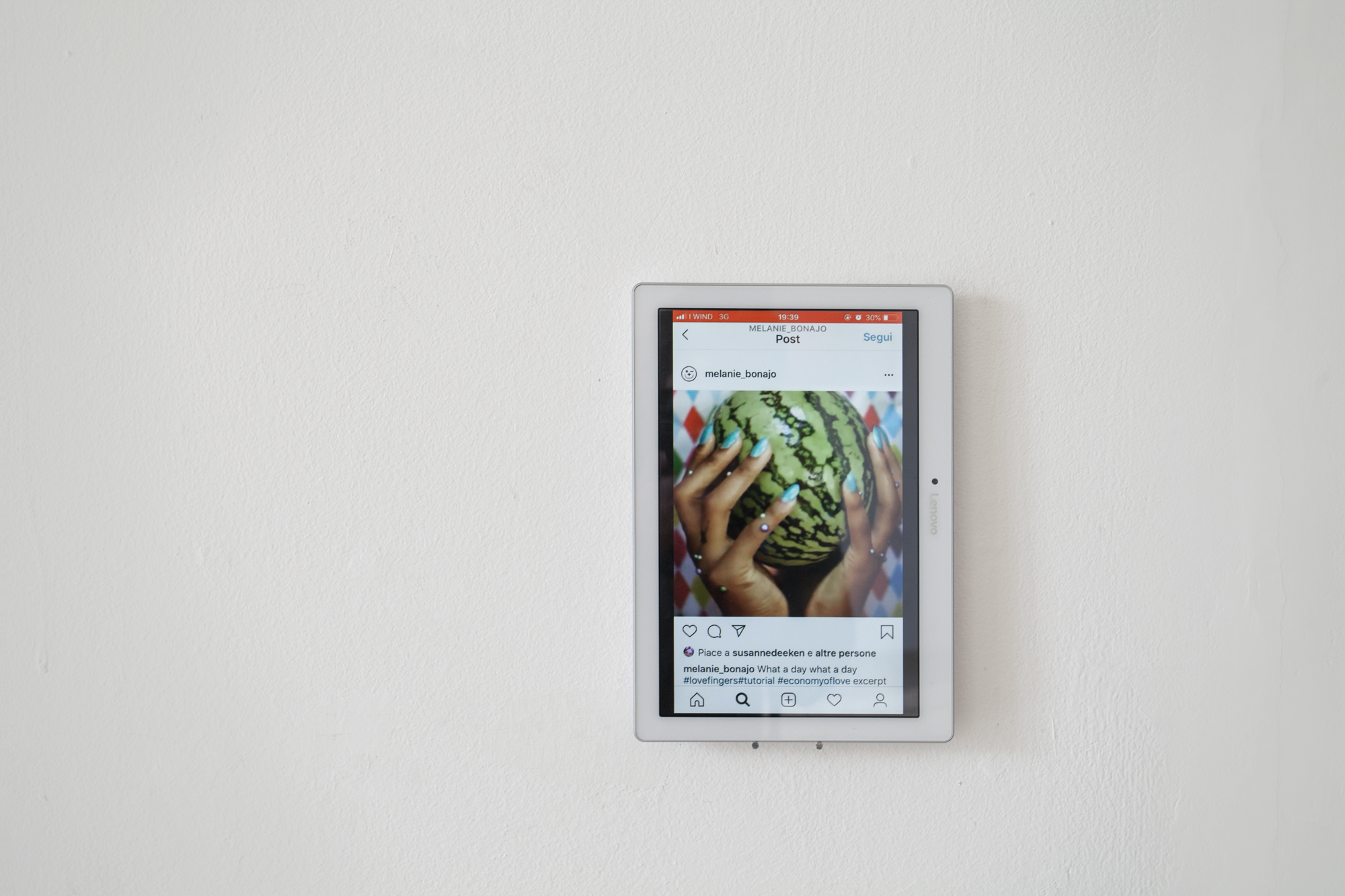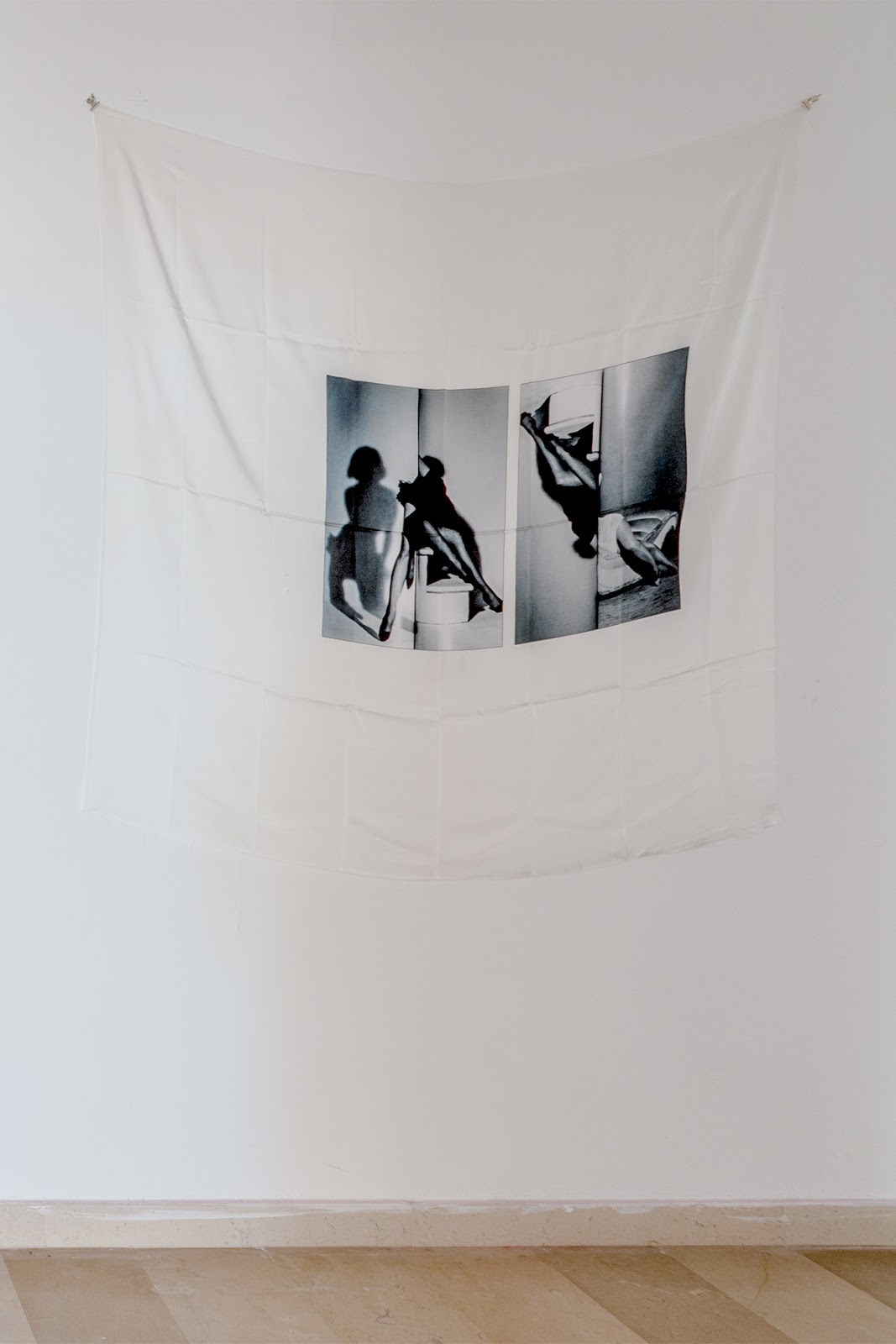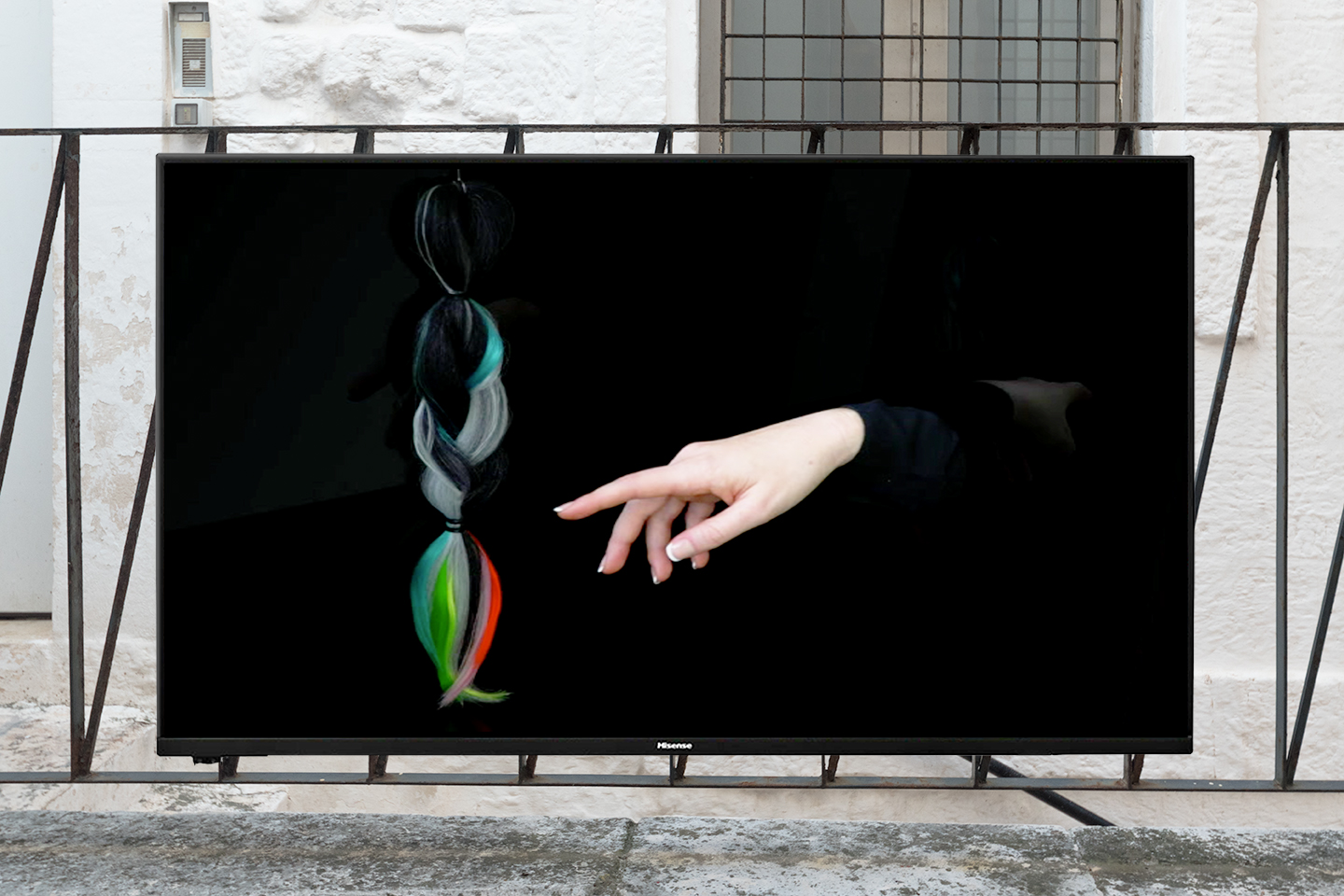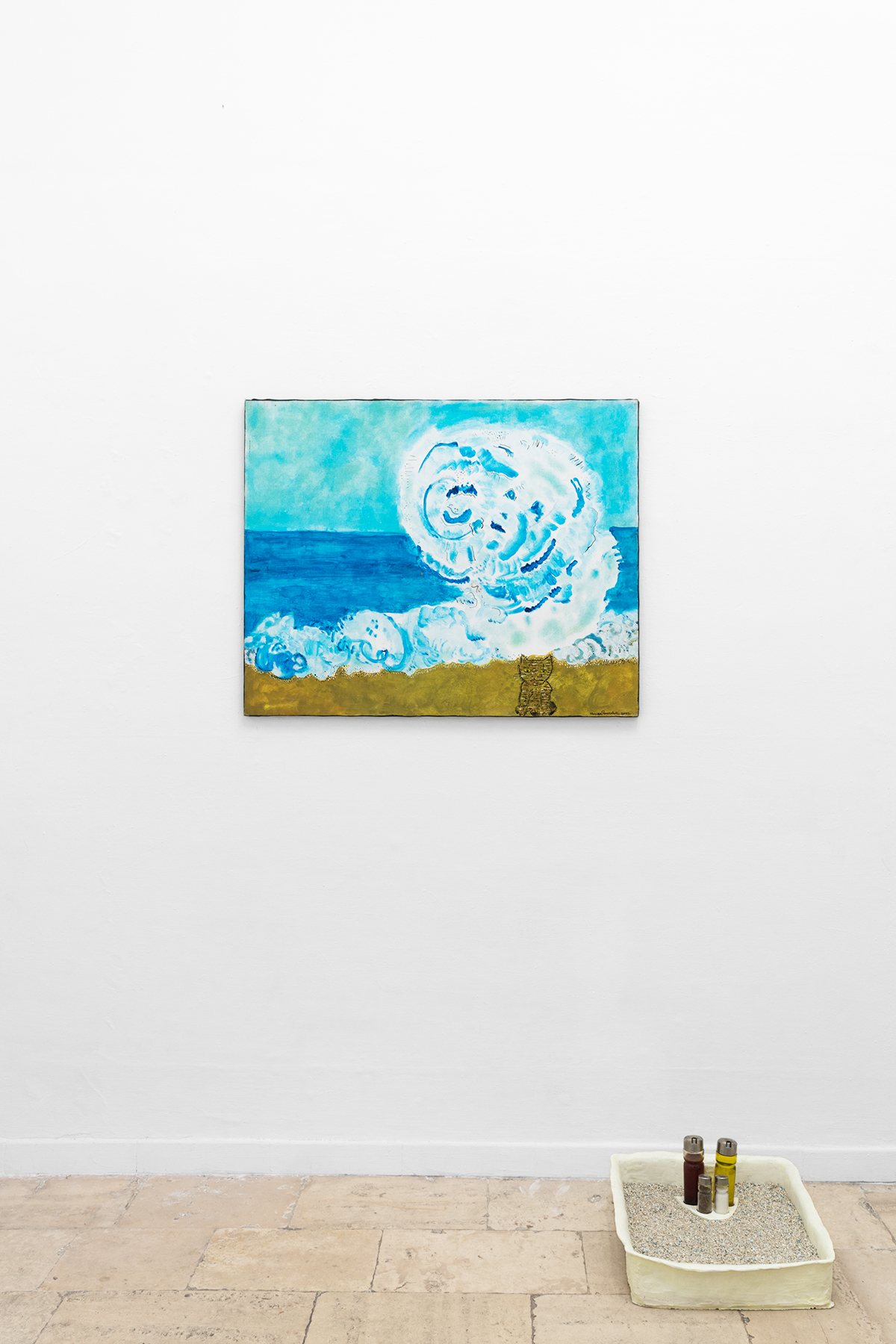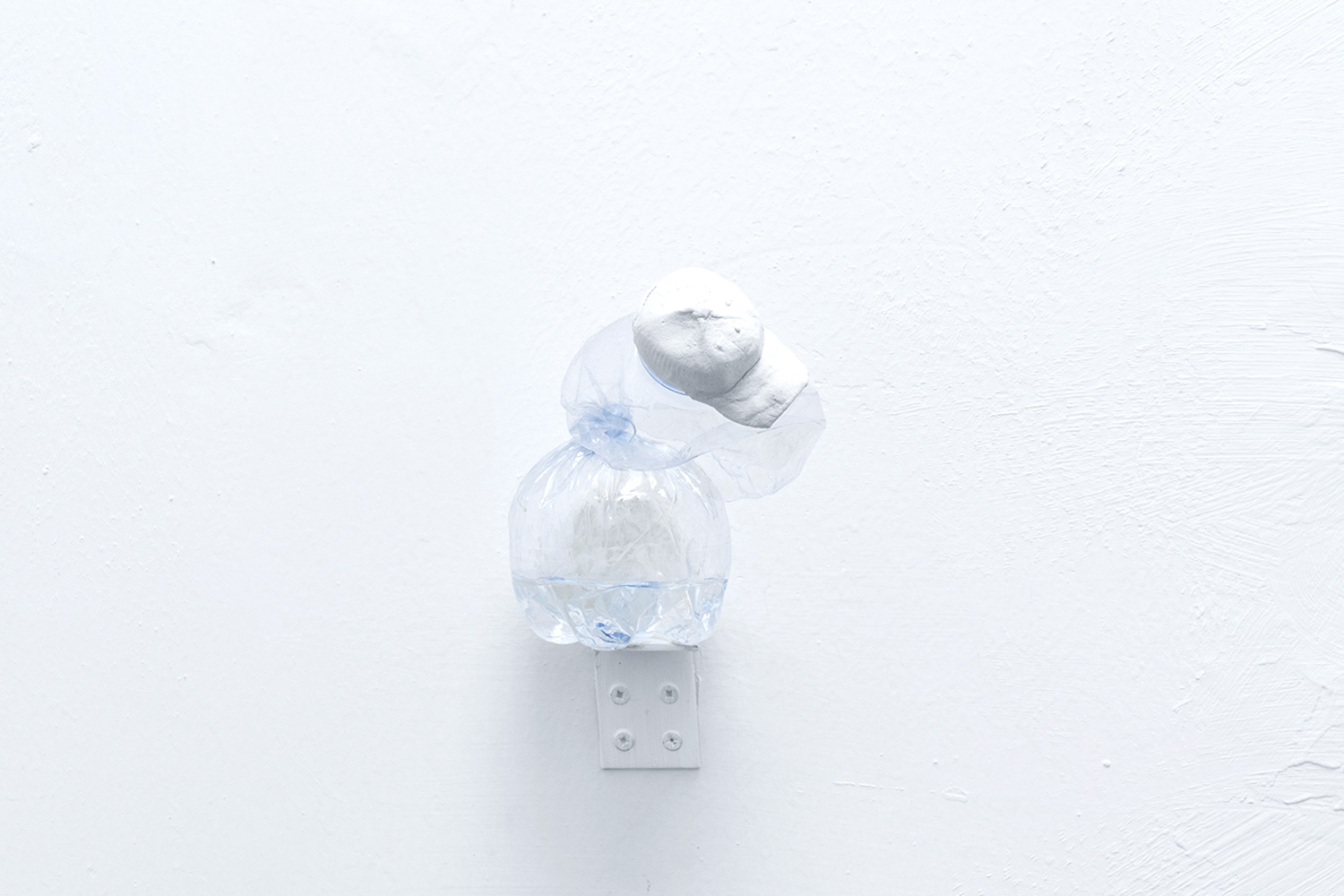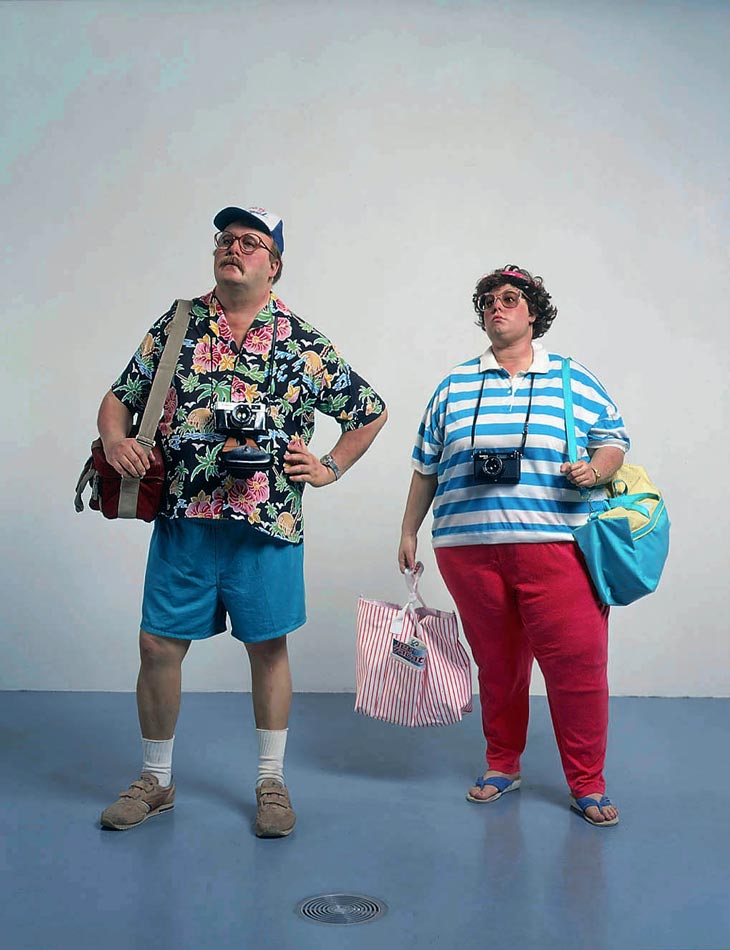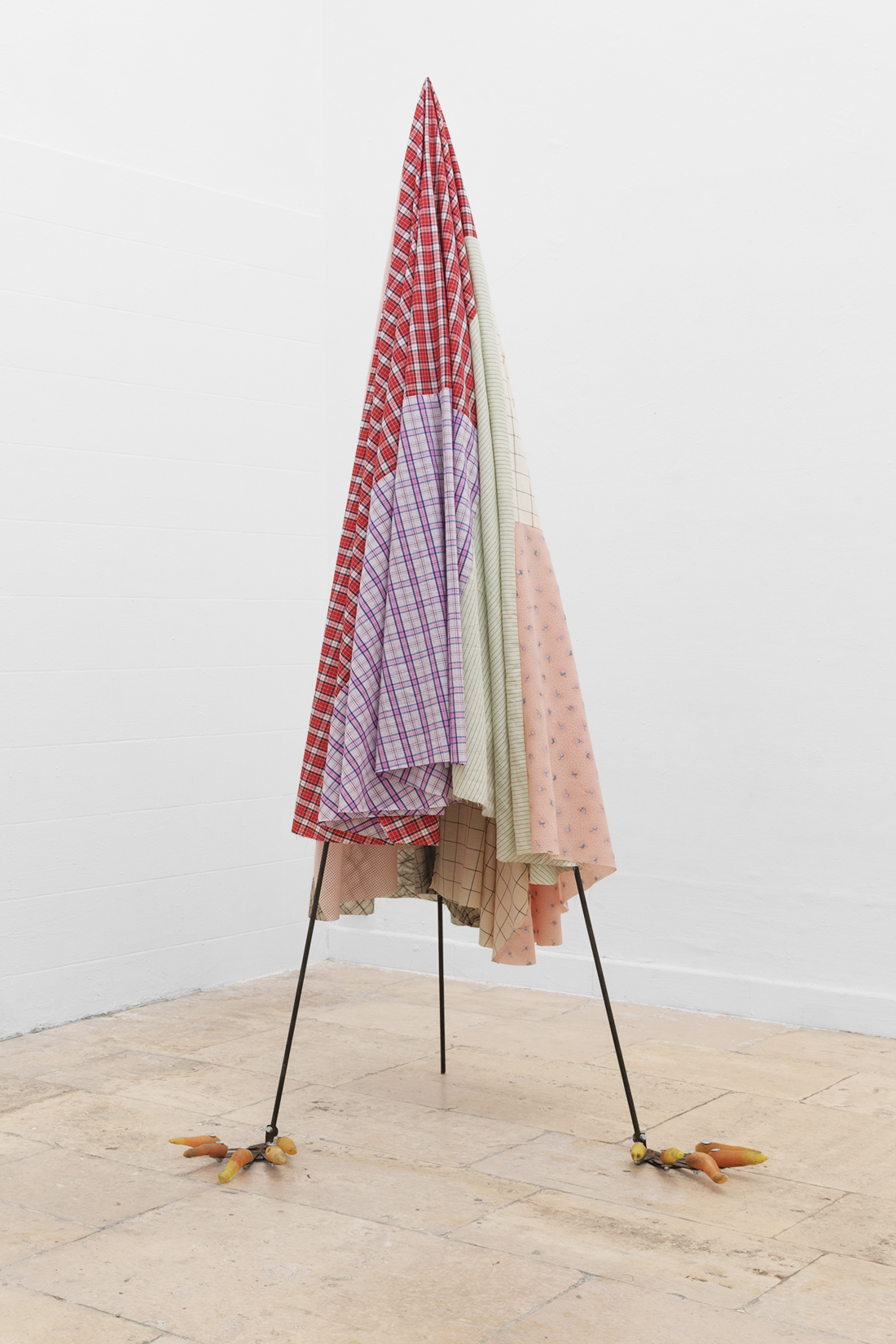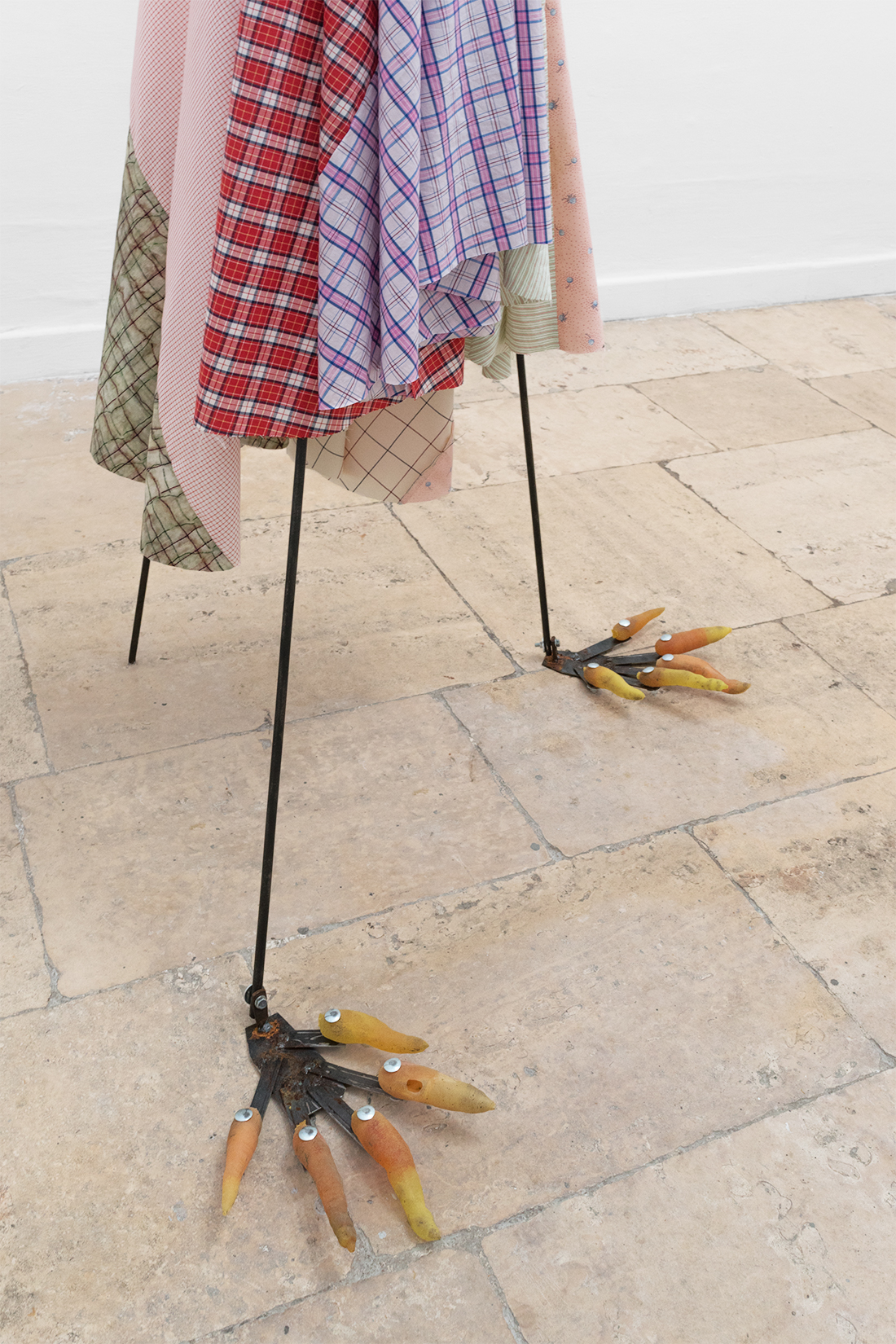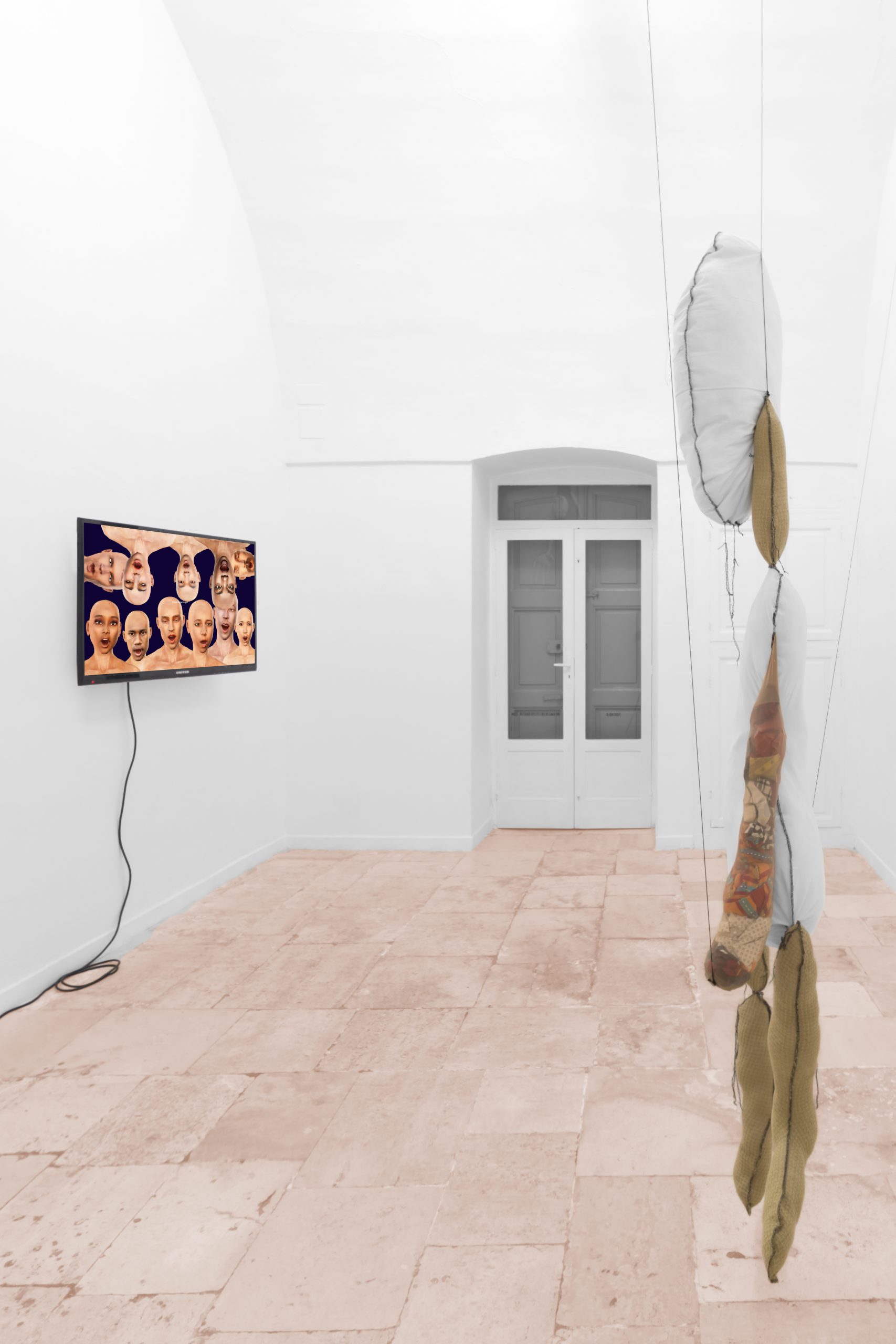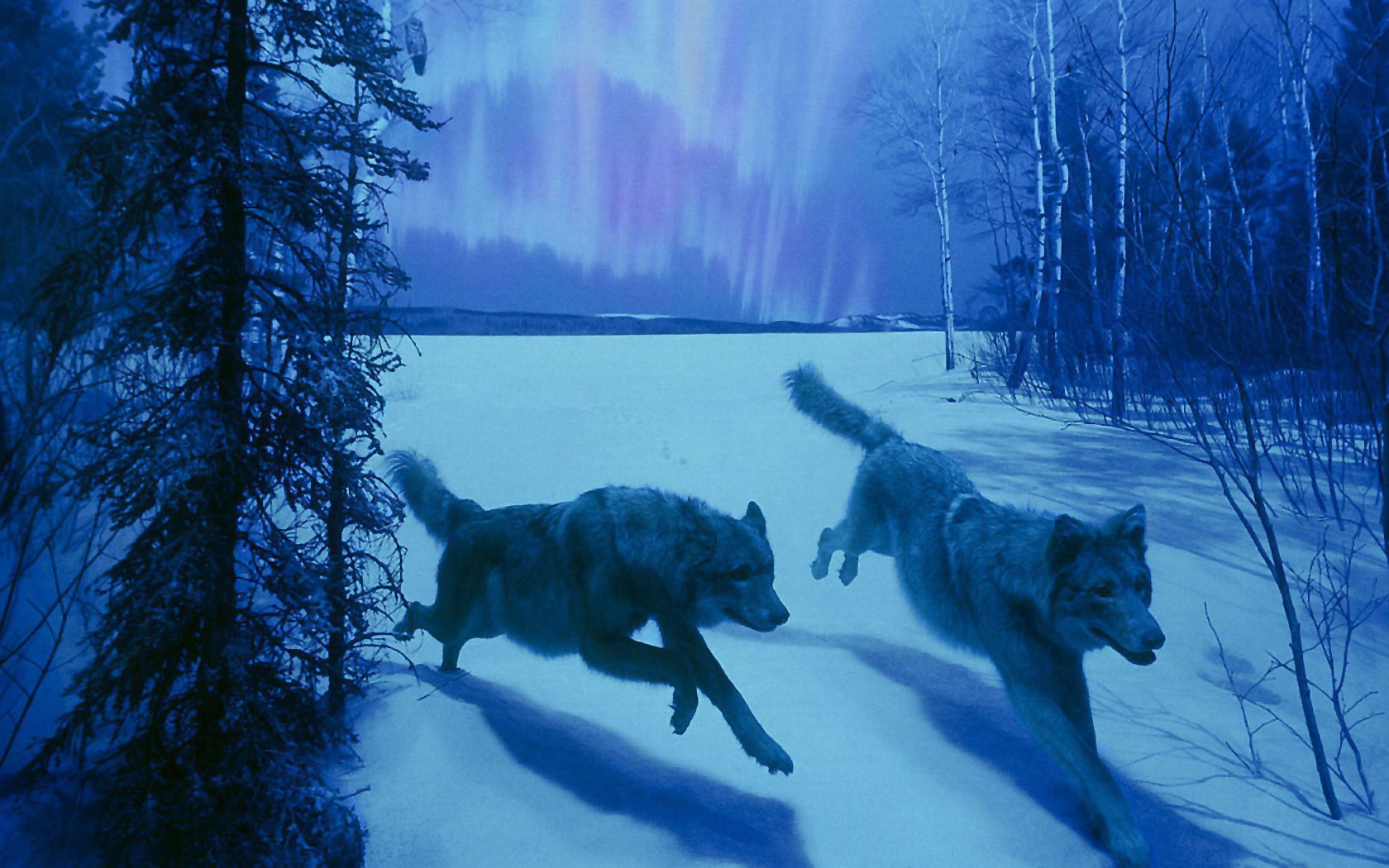The Epiphytes Attitude #1 - Arboree volanti
Simone Berti
Curated by Like A Little Disaster
From Saturday 8 August 2020 / ∞, H 24 – 7/7 @Polignano a Mare
An imaginative world, populated by plants with their own life, will virtually animate the while area of the City of Polignano a Mare. Arboree Volanti is the new artistic project by Simone Berti with the contribution of Thomas Braida, the artistic duo Genuardi Ruta and Patrick Tuttofuoco, created with the help of Augmented Reality and usable through the display of smartphones and tablets.
Trees are sedentary, like we have been during this quarantine period. Yet Simone Berti’s Arboree Volanti move and the question starts from afar, since 1935: “The Centaurians possessed artificial structures which were undoubtedly dwelling houses. […] Their structures were grown, not built. Instead of metals to shape to their own ends, they had forms of protoplasm whose rate and manner of growth they could control. Houses, bridges, vehicles – even space ships were formed of living matter which was thrown into a quiescent non-living state when it had attained the form and size desired”. That’s how Murray Leinster, in his short story Proxima Centauri, describes an alien technology based on vegetable genetic manipulation, which today doesn’t sound so incredible.
Abroree Volanti are essentially logs and, in some way, alien entities. From the literary wooden spaceships of the science fiction of the 30 s to contemporary Arboree Volanti there is a red thread that, passing through a particular and metaphysical relationship between nature and architecture, combines all the experiences at the base of Simone Berti’s artistic world, always in balance among the contrasts. Here, concrete organic, vegetable and arborescent shapes not only transform into objects that float in mid-air between Mediterranean houses or hight cliffs, sometimes twirling over our heads, but manifest themselves impalpable and unreal thanks to the Augmented Reality, through a concreteness that is not there.
With this project Simone Berti brings to extreme consequences the contrast between matter and abstraction: that balance between opposites that has always characterized his research. Berti’s Arboree Volanti move, as in the botanist Stefano Mancuso experiment: a freshly sprouted bean plant headed directly towards a pole, the only object in the room, to hold onto it. Plants, thanks to a mechanism still unknown to us, perceive the environment around them. We could say, with a small leap of fantasy, that they feel architecture and can make choices, maybe not aesthetic but definitely dictated by convenience in terms of survival.
Texts by Like A Little Disaster, Eva Fabbris, Luca Lo Pinto and a video chat with the philosopher Leonardo Caffo.
To participate, just click on www.arboree.it, active from August, 8th starting at 7 am and follow the instructions, pointing the smartphone to the architectures, urban, natural, central and peripheral spaces of the area of the municipality of Polignano a Mare.
Simone Berti was born in Adria, in 1966, lives and works in Milan. A selection of his international exhibition: Fare Mondi / Making Worlds, 52. Biennale d’Arte, Venice, 2009; Italics, MOCA – Museum of Contemporary Art, Chicago and Palazzo Grassi, Venice, curated by Francesco Bonami; Egofugal – 7. Istanbul Biennial by Yuko Hasegawa; Simone Berti – Appunto di una generazione, MACRO, Rome, 2017; Examining Pictures, Whitechapel Art Gallery, London / Museum of Contemporary Art, Chicago / A. Hammer Museum – UCLA, Los Angeles; Borderline syndrome: Energies of Defense, Manifesta 3, Ljubljana; Apocalittici Integrati, MaXXI, Rome; Young Italian artists at the turn of the millennium, Galleria Continua, Beijing; Personal, GaMEC, Bergamo; Polyphonix 40, Center Georges Pompidou, Paris; Zeitwenden / Outlook, Kunstmuseum, Bonn; SMAK Stedelijk Museum voor Actuele Kunst, Gand; El tiempo del Arte, Fundación PROA, Buenos Aires; ExIt, Fondazione Sandretto Re Rebaudengo, Turin; Visioni a catena, Hara Museum, Tokyo.
Arboree Volanti
a project by Simone Berti
From Saturday August, 8th starting at 7 AM
From August 22nd the project will be visible worldwide.
At the following link the list of devices and browsers compatible with Augmented Reality:
https://help.briovr.com/hc/en-us/articles/360036215534
The event is outdoors and in a public place, therefore subject to the safety regulations currently in force in the Puglia Region.
The Epiphytes Attitude
Curated by Like A Little Disaster
“Arboree Volanti” is the first appointment of “The Epiphytes Attitude”, a series of projects dilated over time and space that attempt to investigate the concepts of adaptation, survival and uprooting (from the soil and from the defined and closed physical space).
The project activates a metaphorical connection between artistic and curatorial practices and the adaptive system implemented by epiphytic plants; ferns, mosses, lichens, orchids, tillandsias, algae, bromeliads and other sessile organisms that do not grow on the soil but where humans are not used to imagining them. This type of plants lives on trunks or tree branches, on other plants, stones, and on transmission towers, electric poles and other human artifacts, some epiphytic algae even grow on different animals species.
During their evolutionary process, the epiphytes “simply” decided to move, provisionally placing themselves on ambiguous and mobile surfaces, creating improbable associations that allowed them to deceive death and escape extinction. Mosses, lichens and ferns (or rather, their ancestors) were the first plants to evolve, which means that epiphytes precede the evolution of plants rooted in the soil. This strategy recalls nomadic histological relationships with the earth that precede even the most stable attachments to it.
Epiphytes are also called Air Plants or Daughters of the Wind. They are able to capture light, water and nutrients from privileged positions – from an endless, unstable and unpredictable position. They are random points, hybrids riotous at any classification, nodes of a network that binds multiple and distant factors in an uninterrupted chain, and which risk blowing up all the systems, all the programs, all the effects.
An epiphytic plant does not negatively affect its partner, it is able to create a non-parasitic interspecific relationship, a symbiotic bond that benefits both sides of the co-evolutionary couple. They live together across difference, dreaming up new worlds to become-with-others, generating alternative ecosystems and energy together.
The Greek prefix Epi means Above but not in a sense of hierarchical position, it is an “above” light as a caress, perpetually interactive and interchangeable with interspecific and inappropriate otherness.
Neither objects nor subjects but relationships.
– Like A Little Disaster


